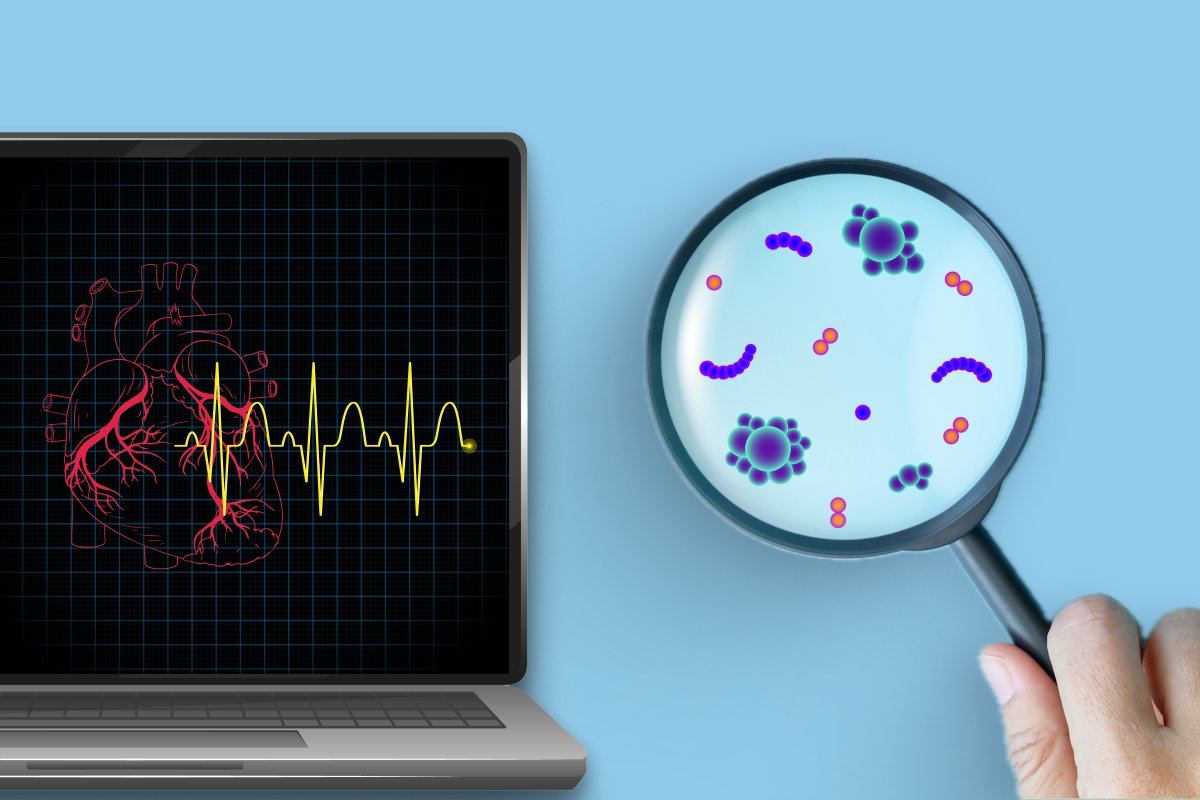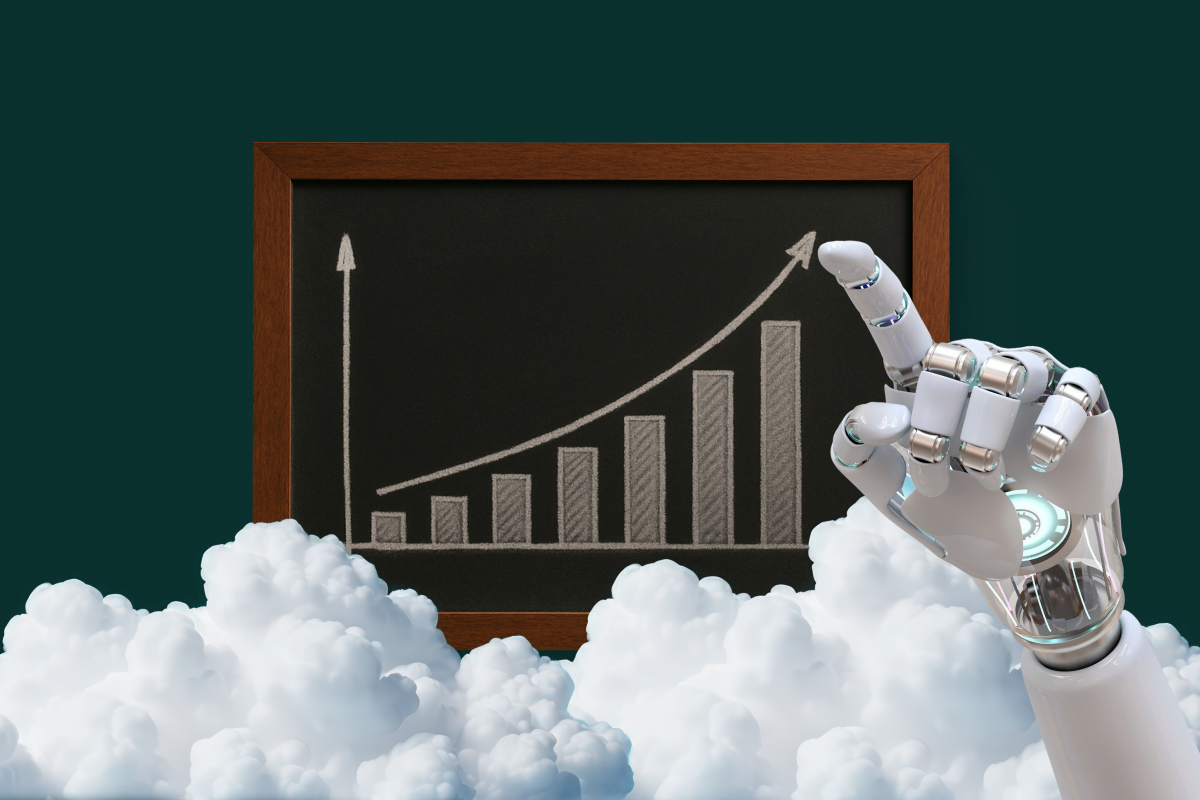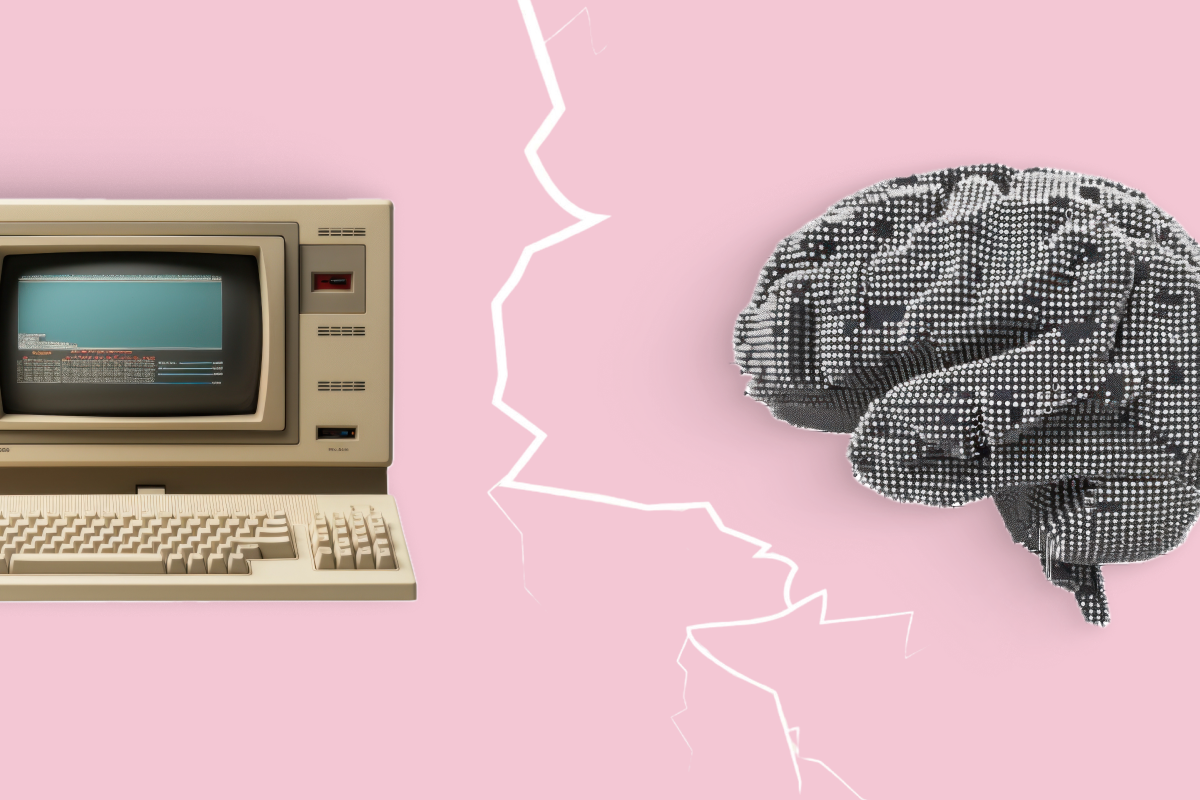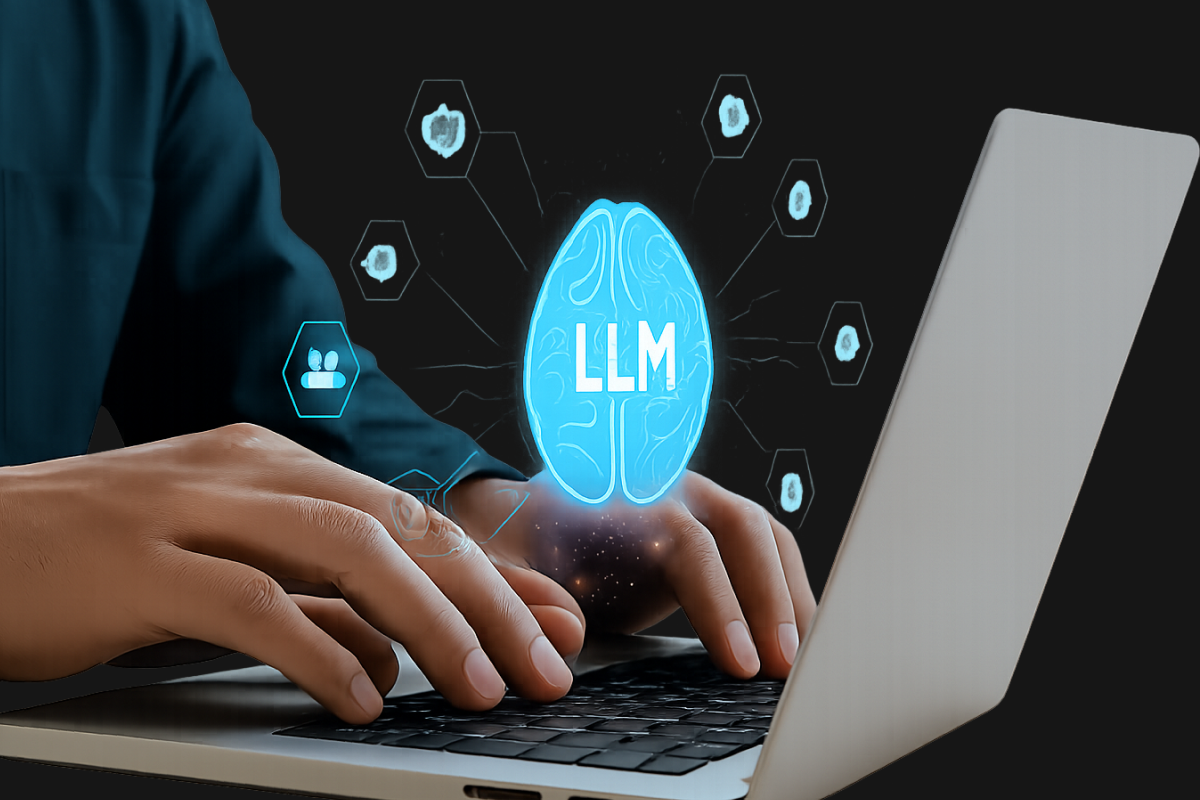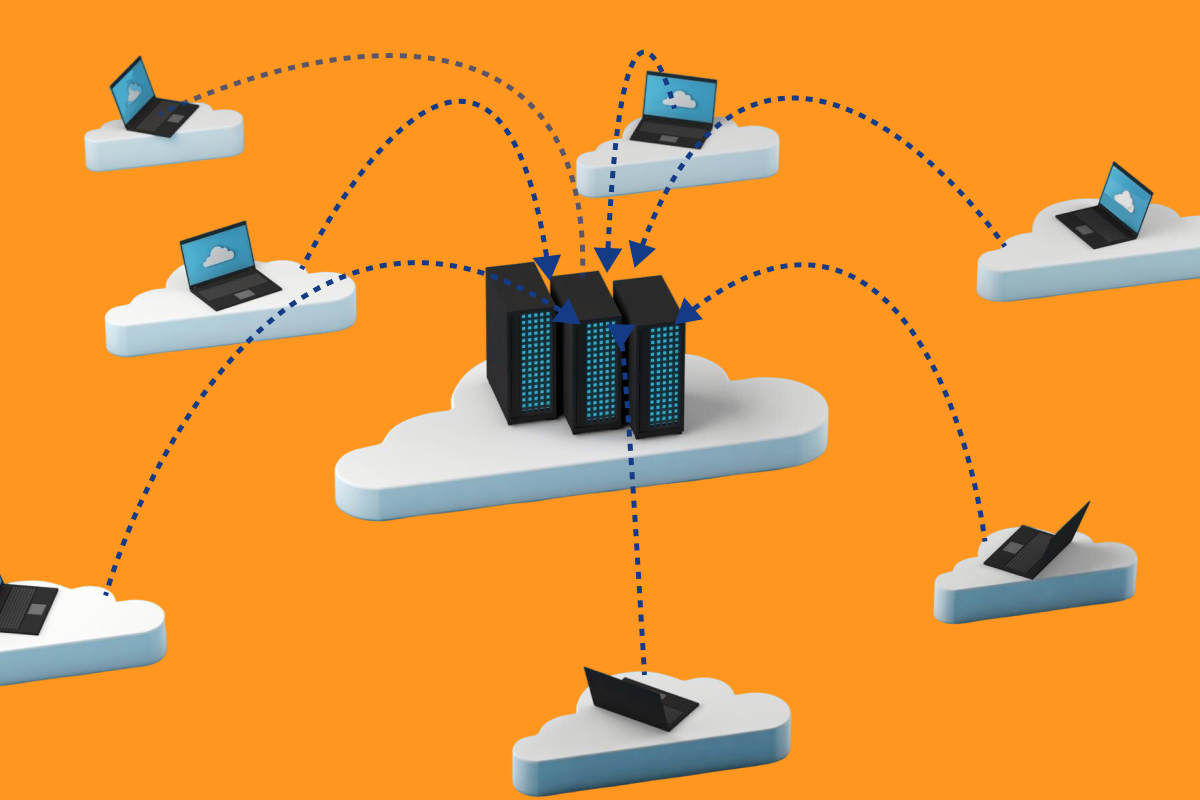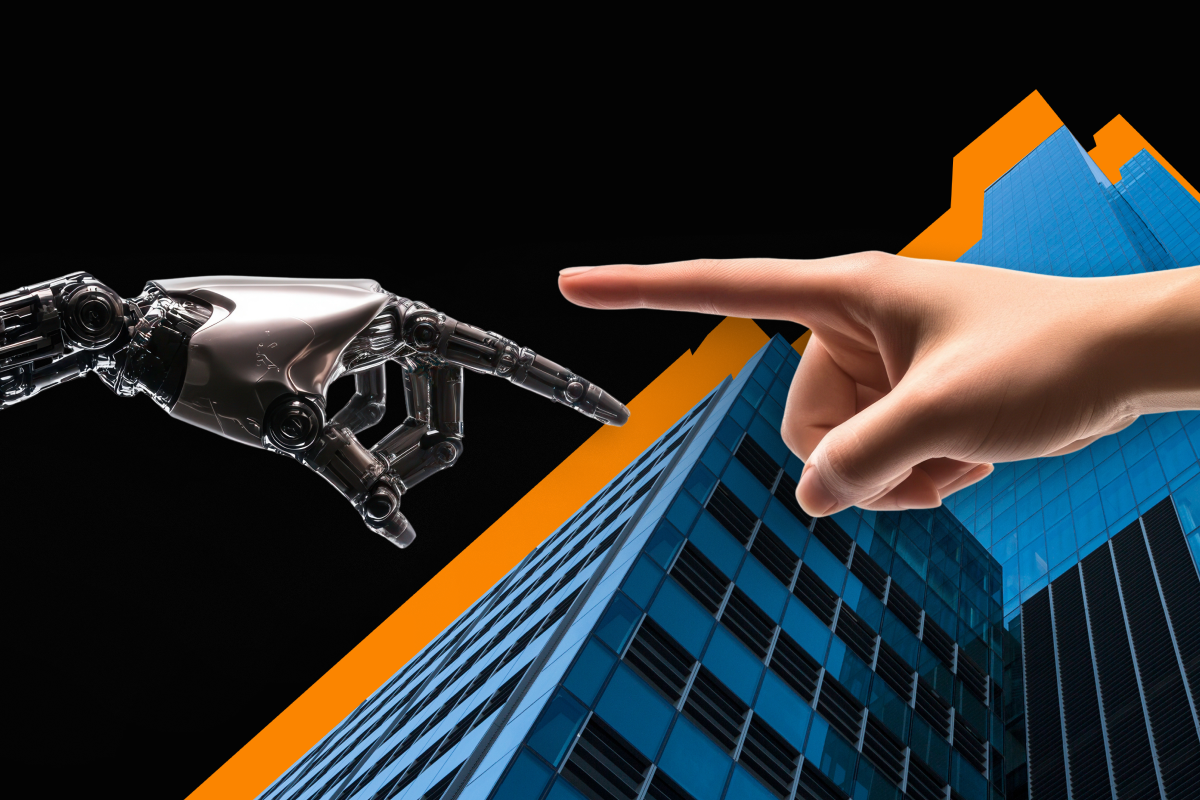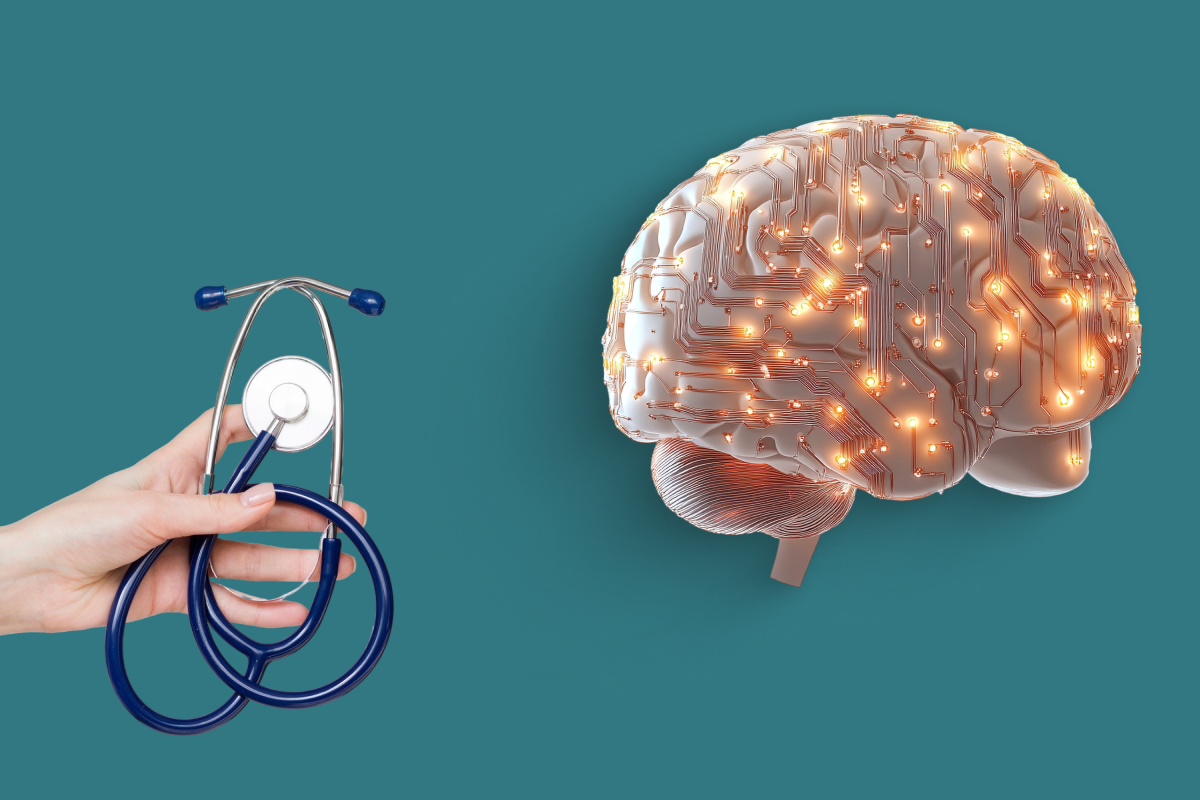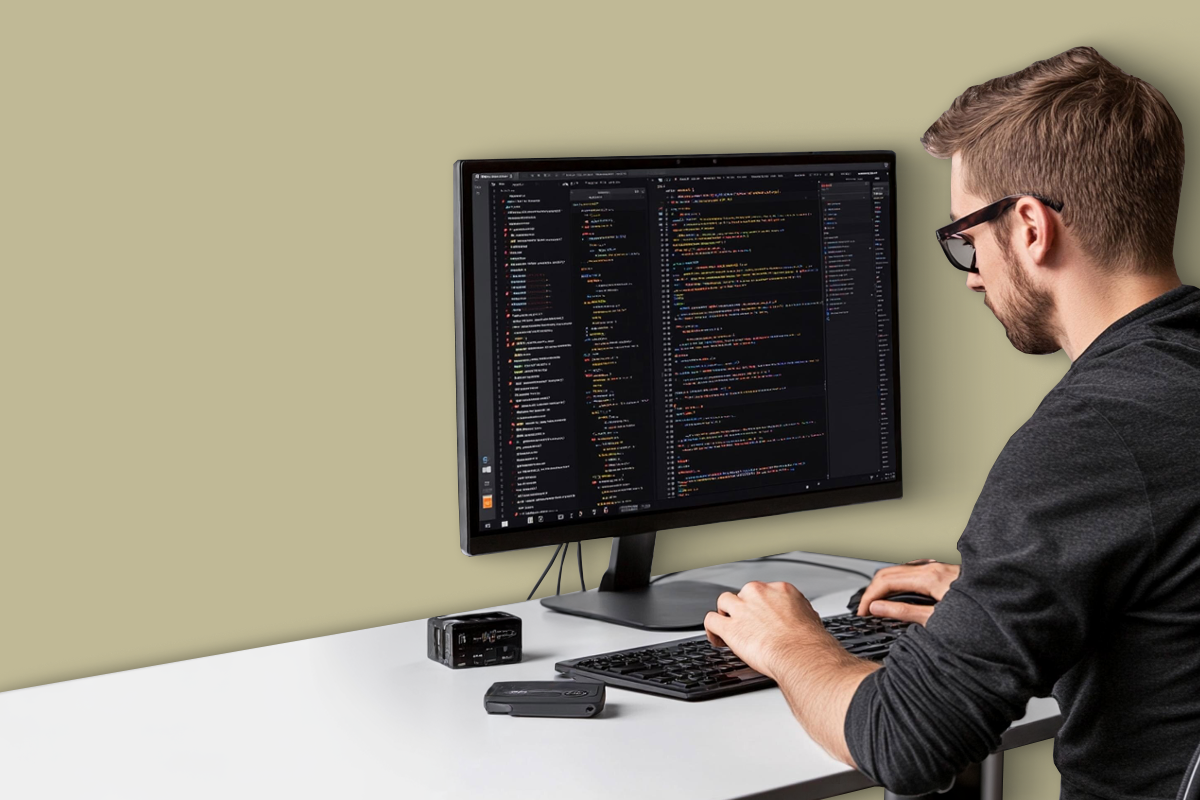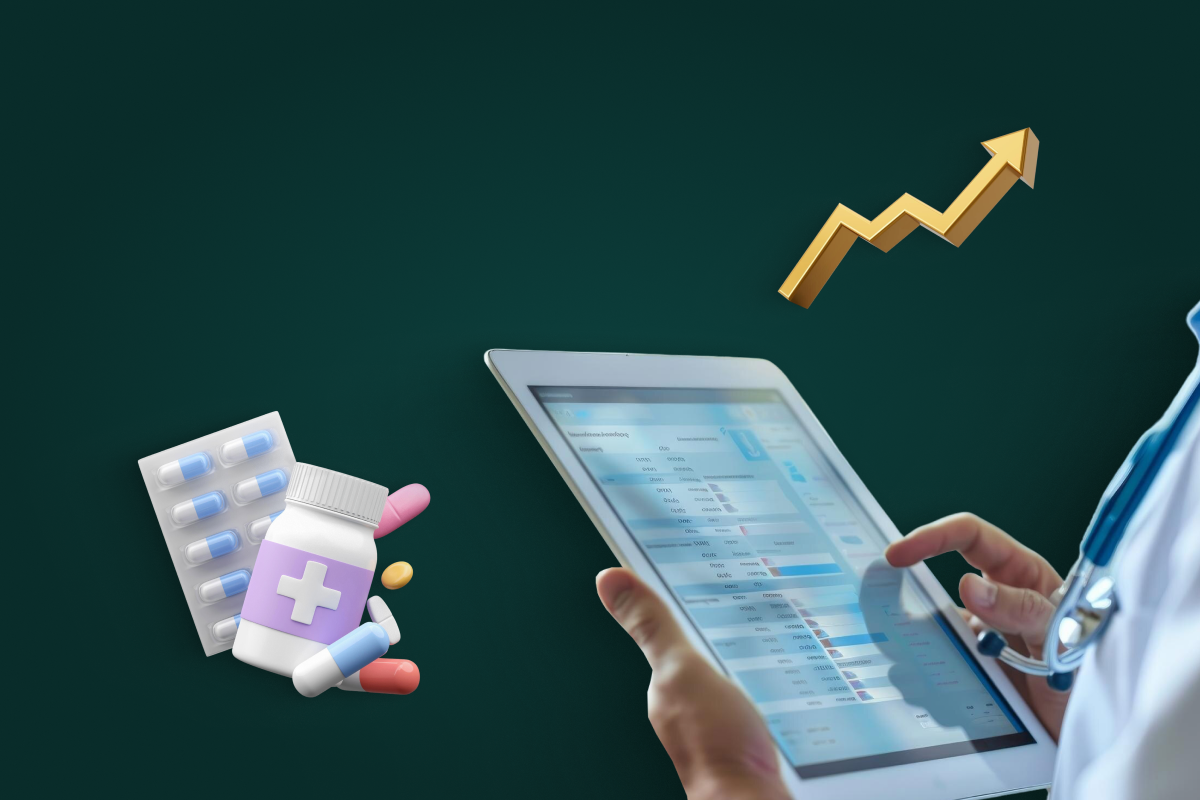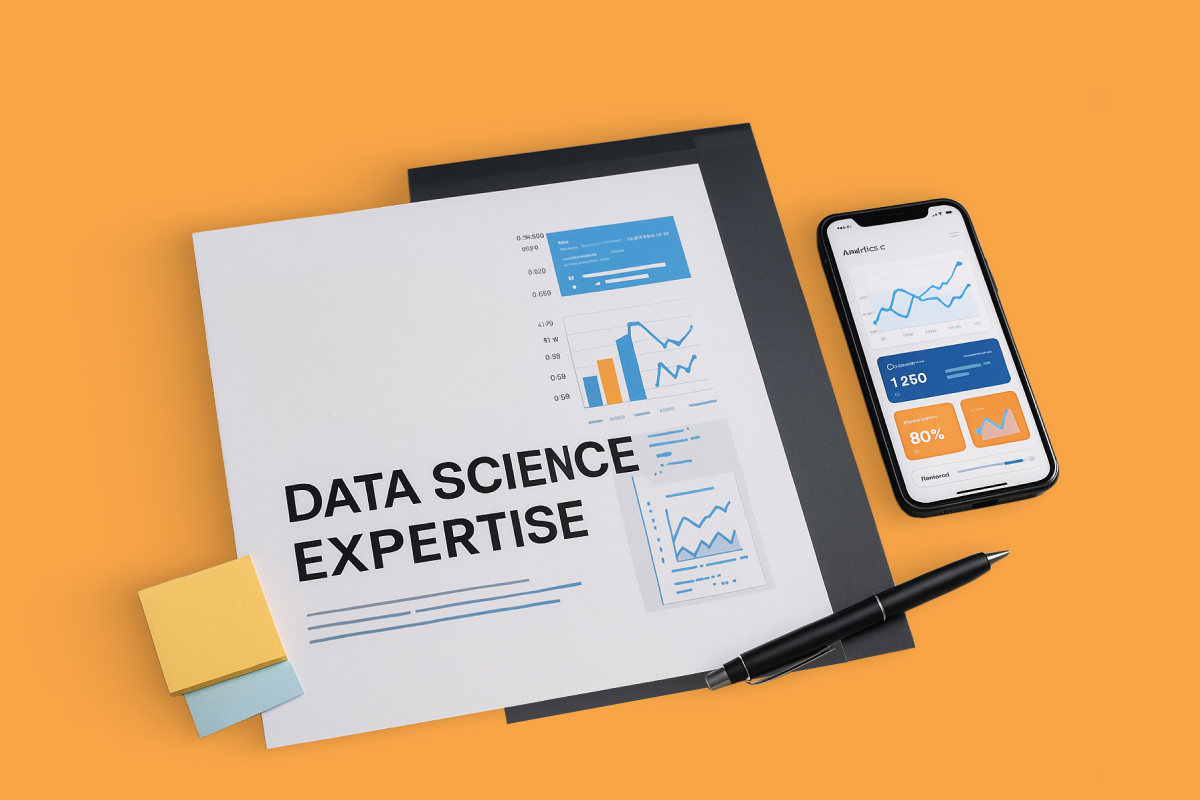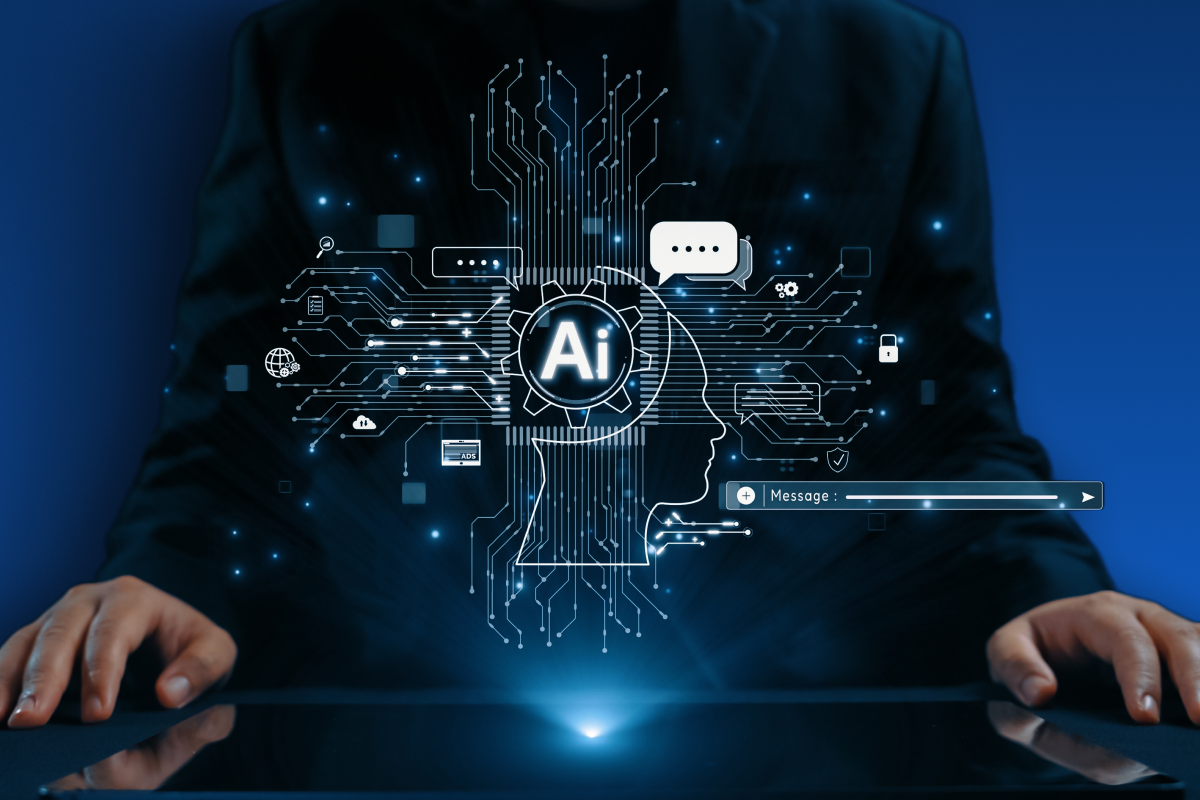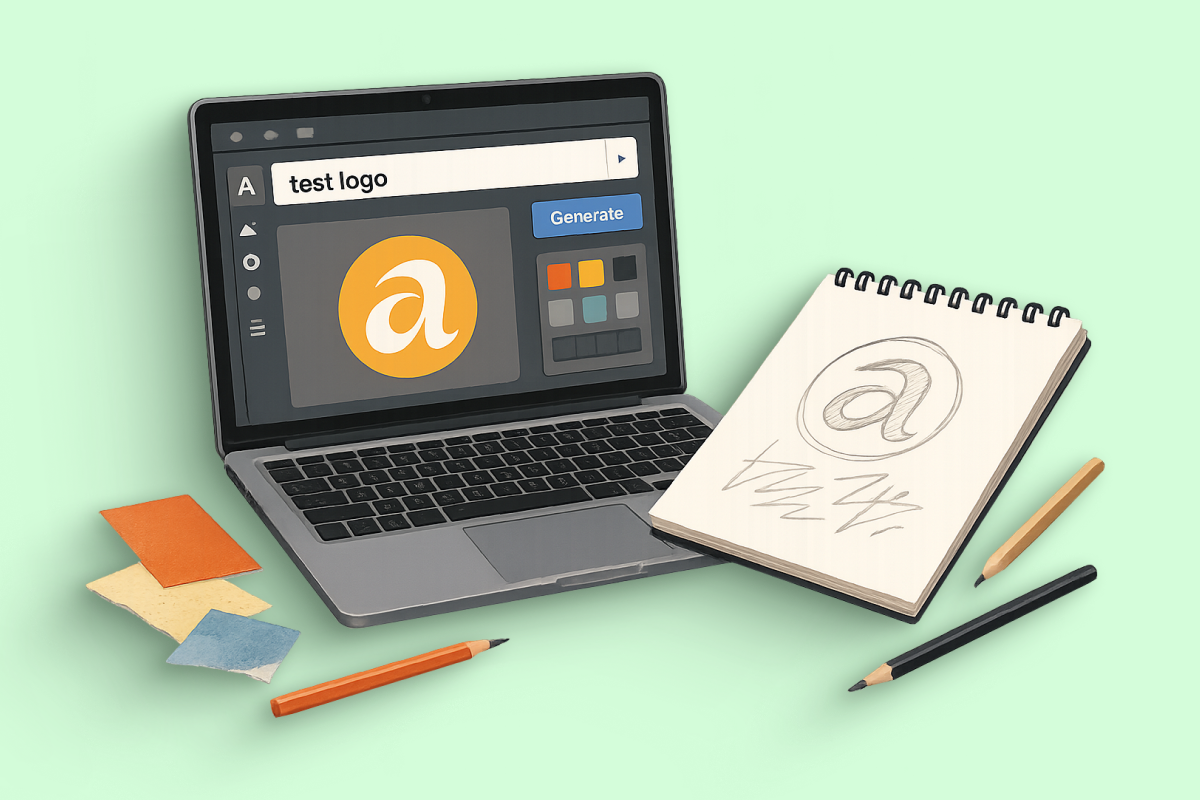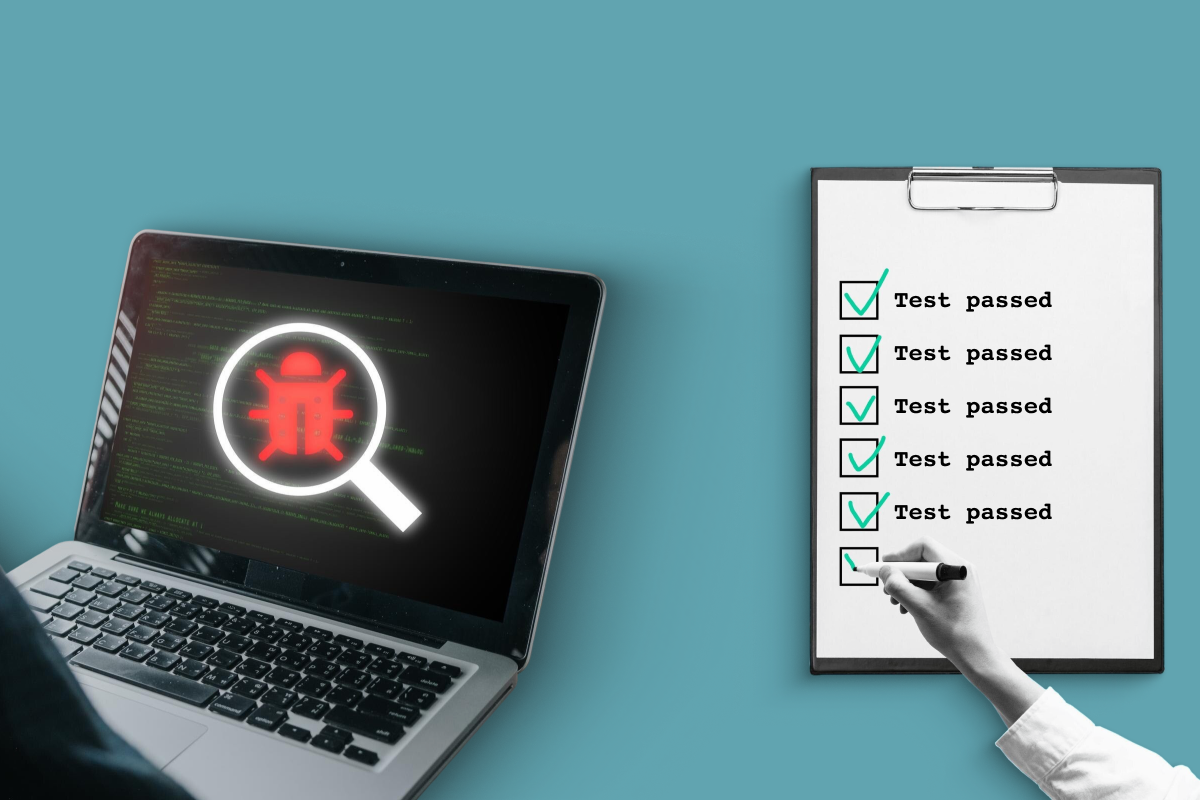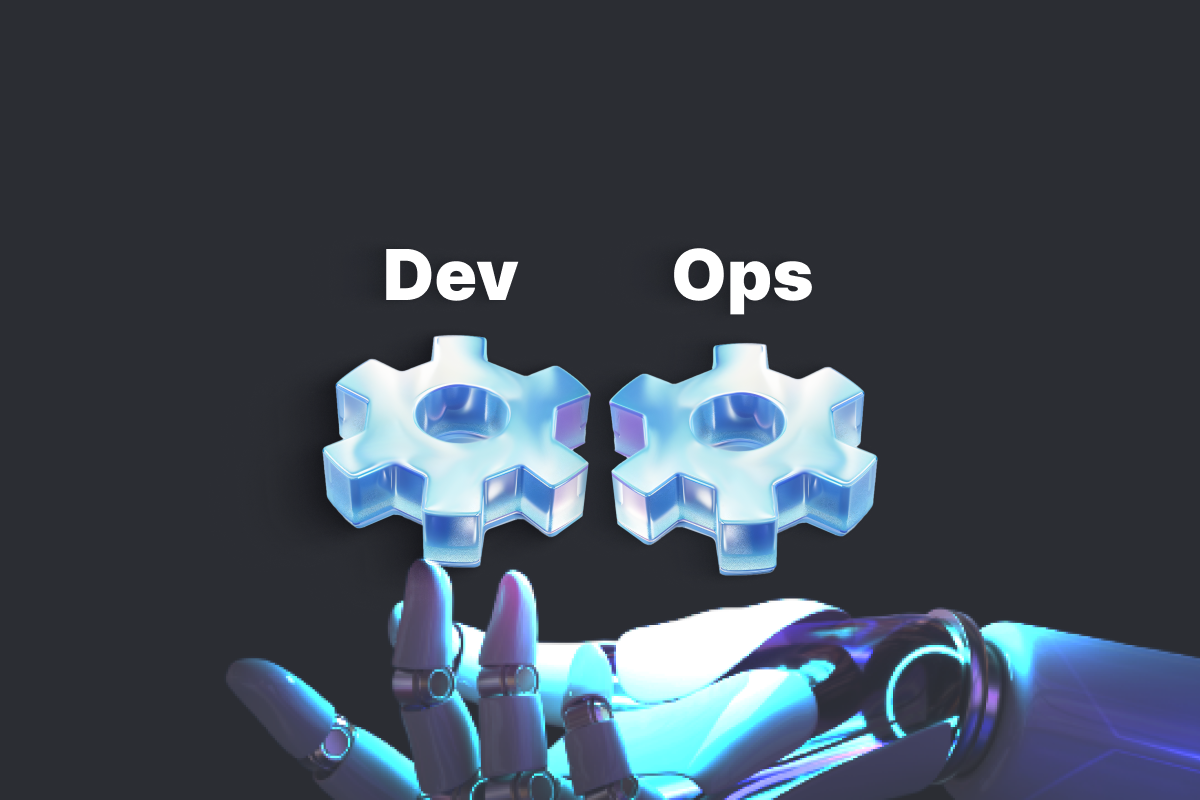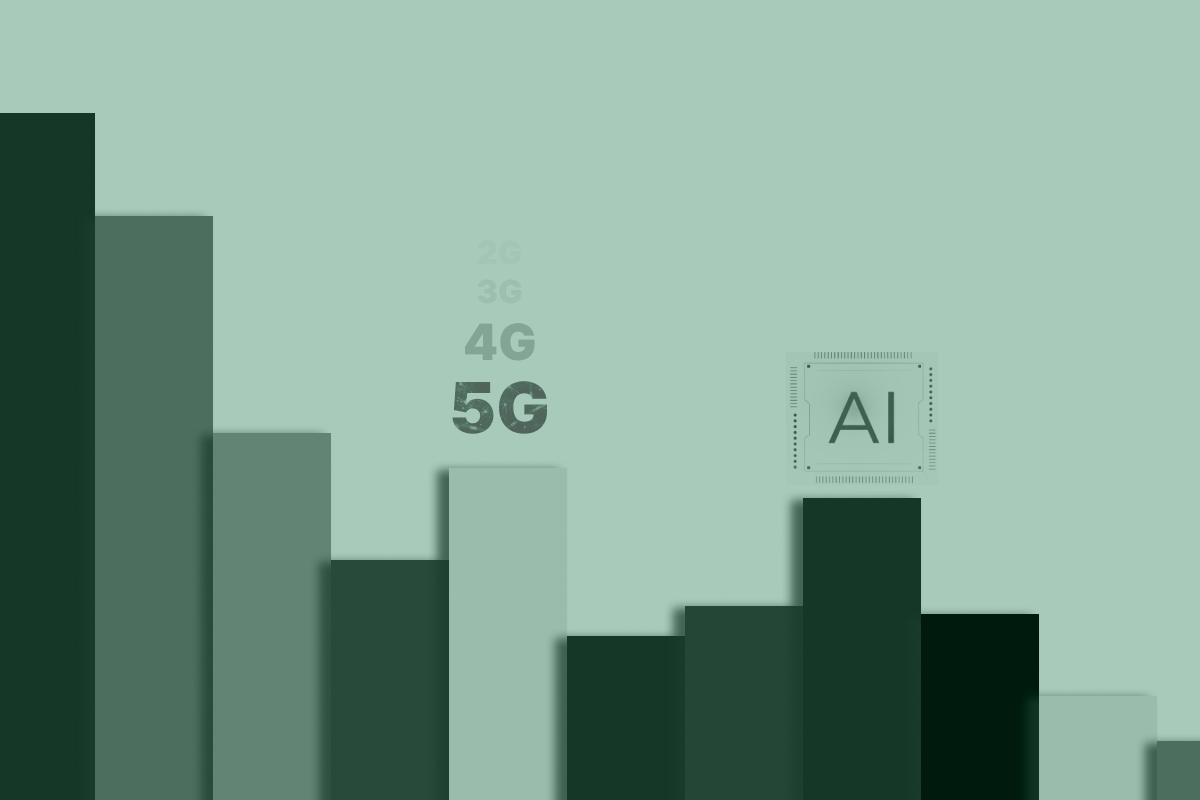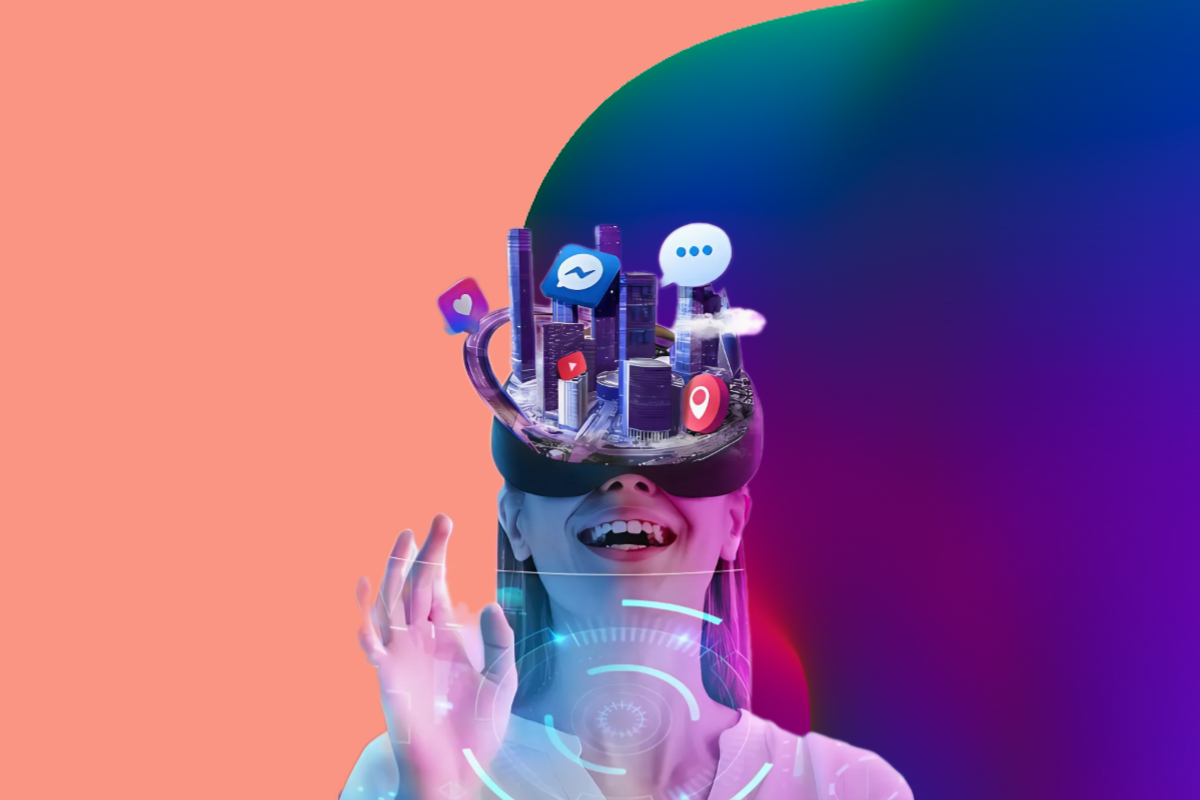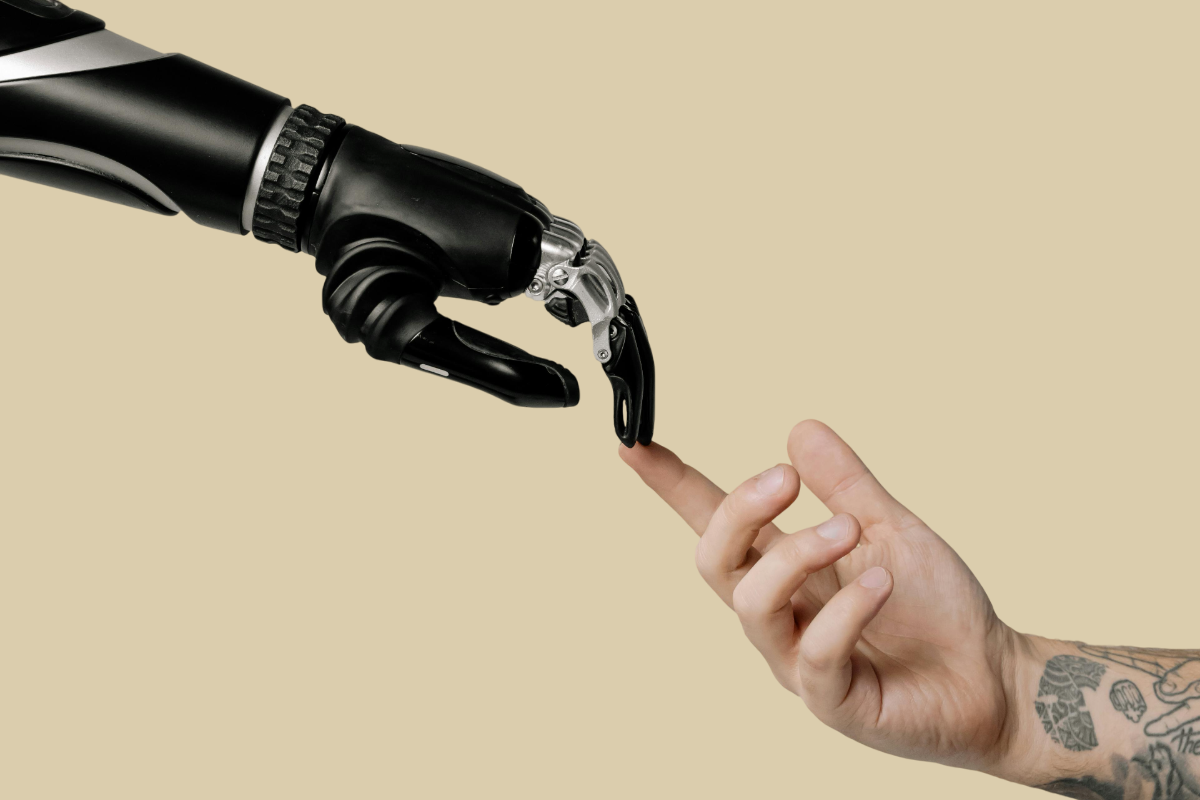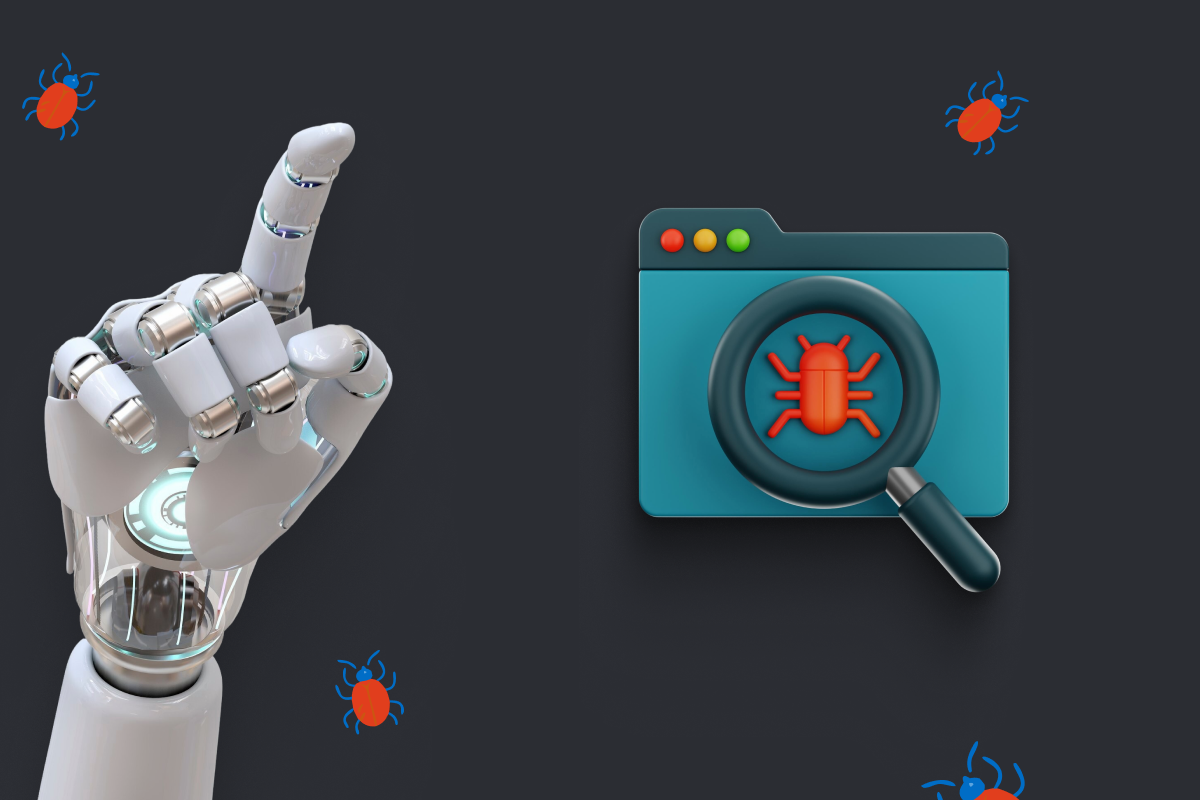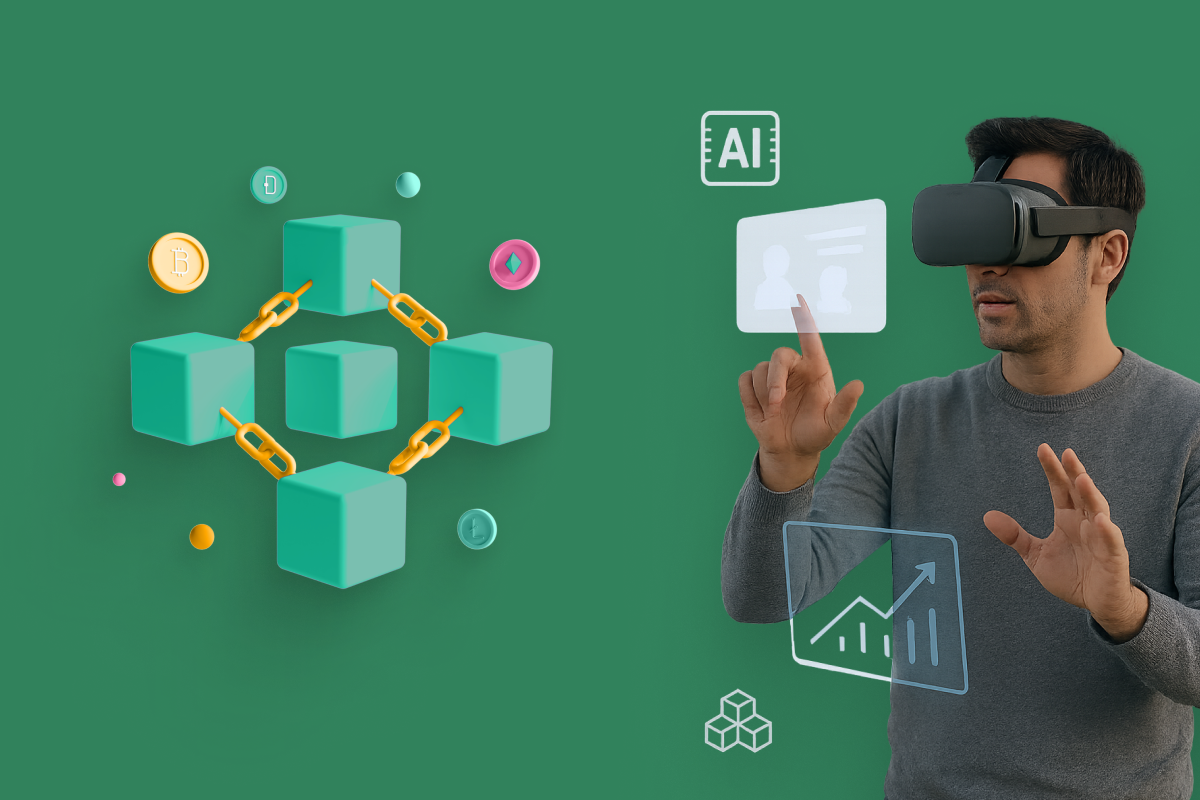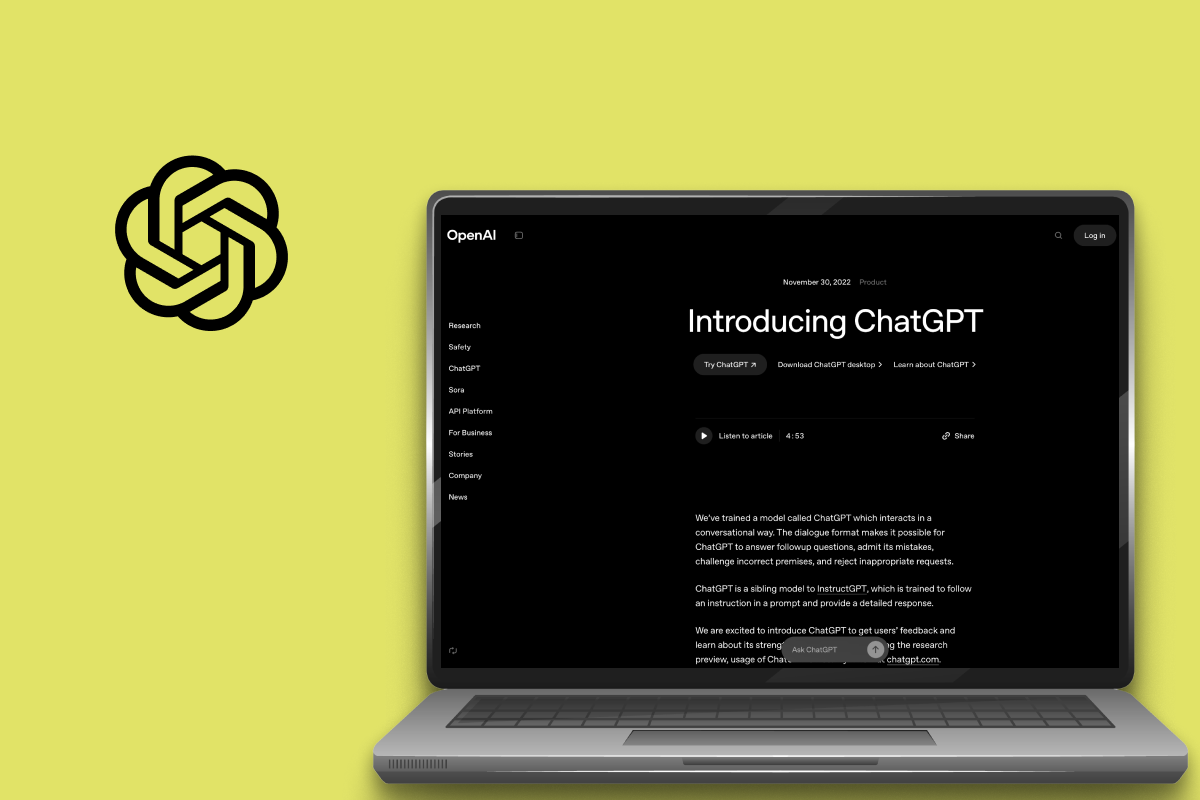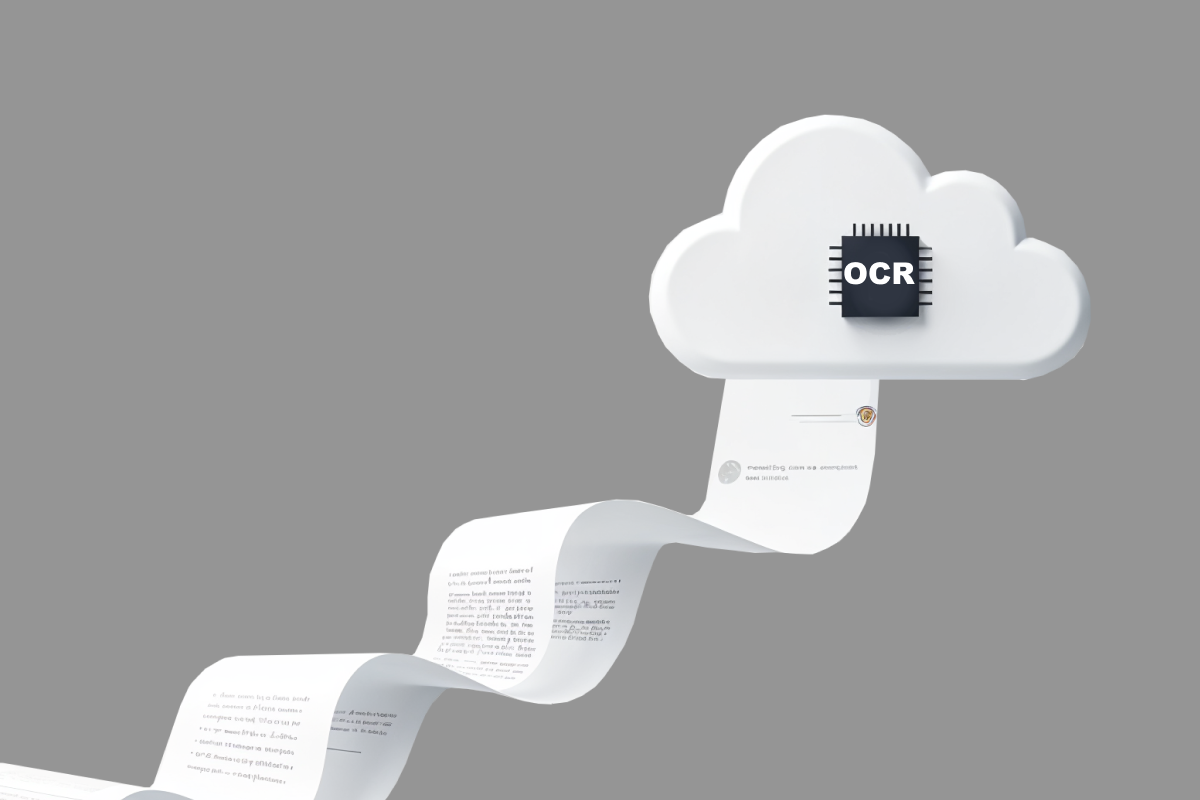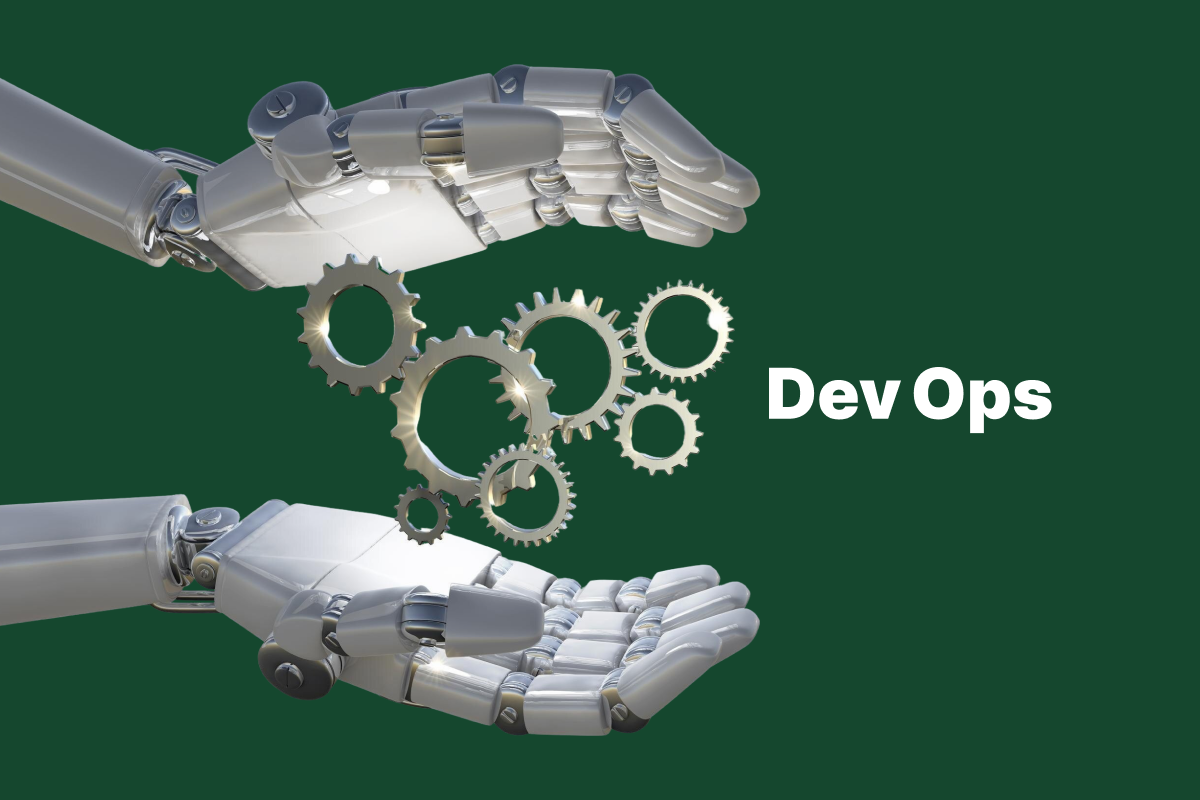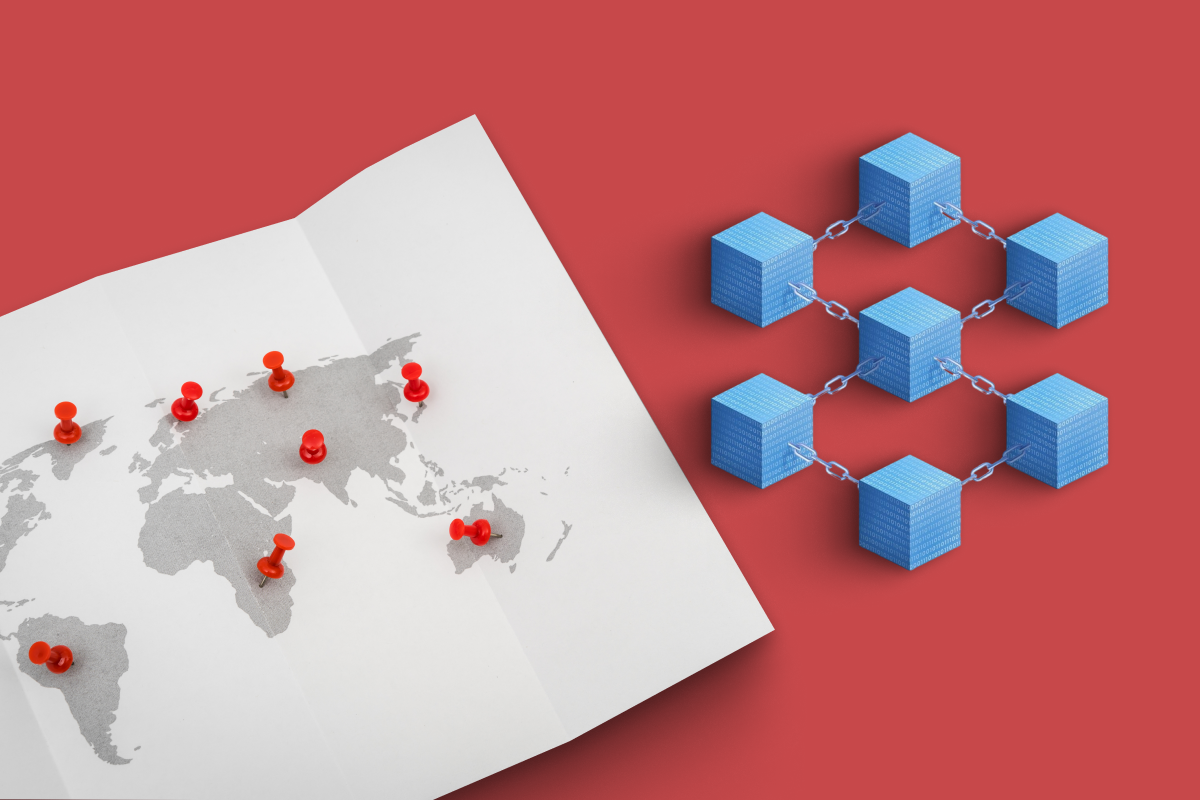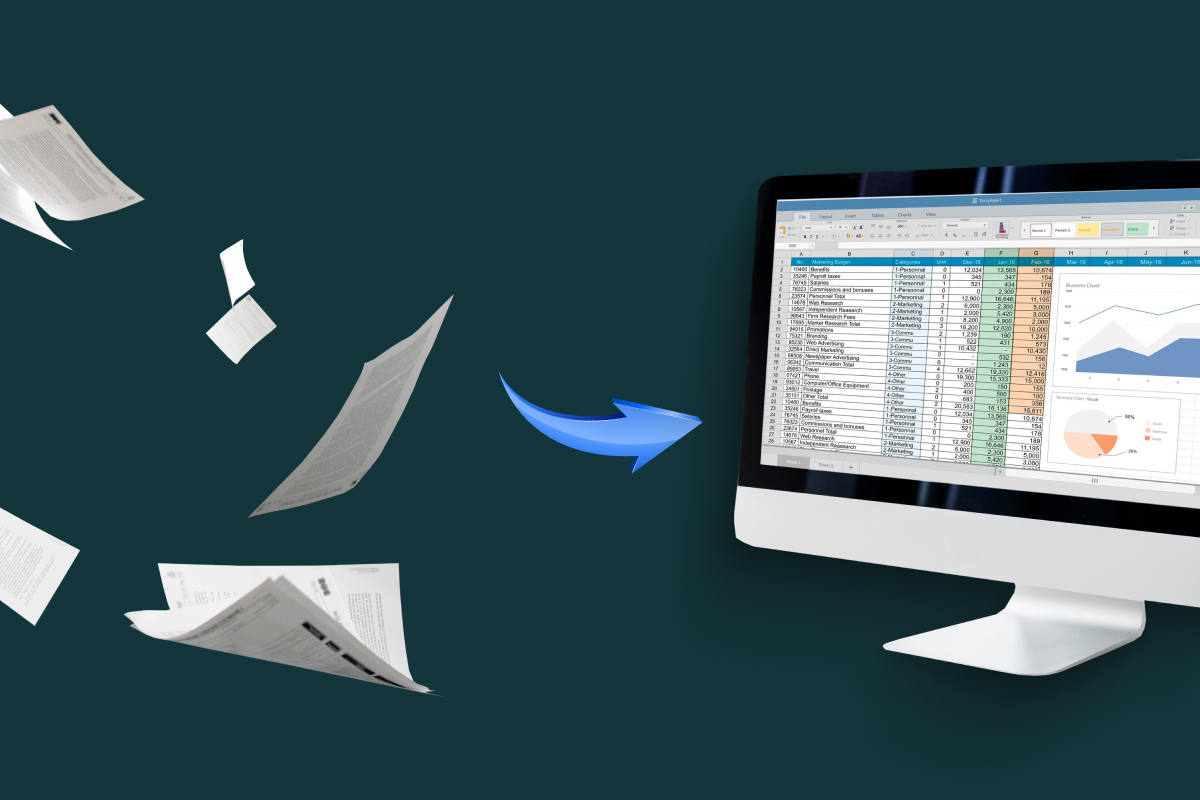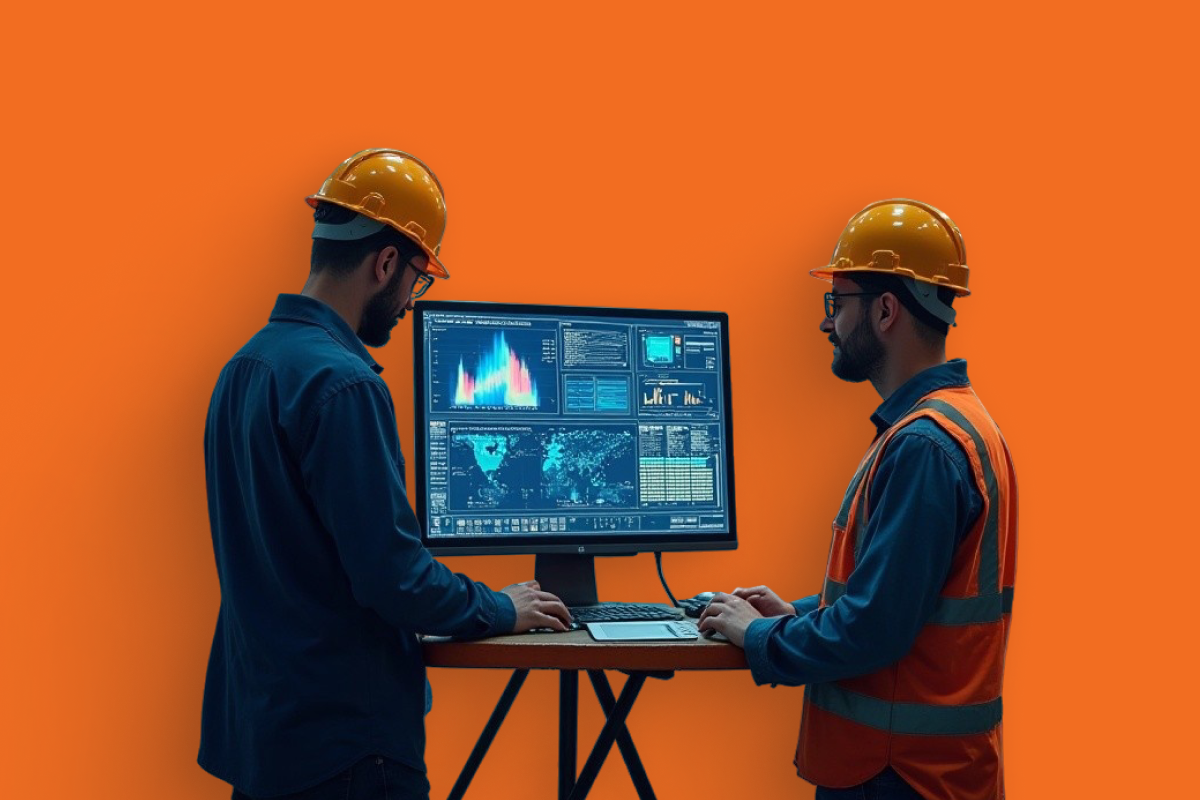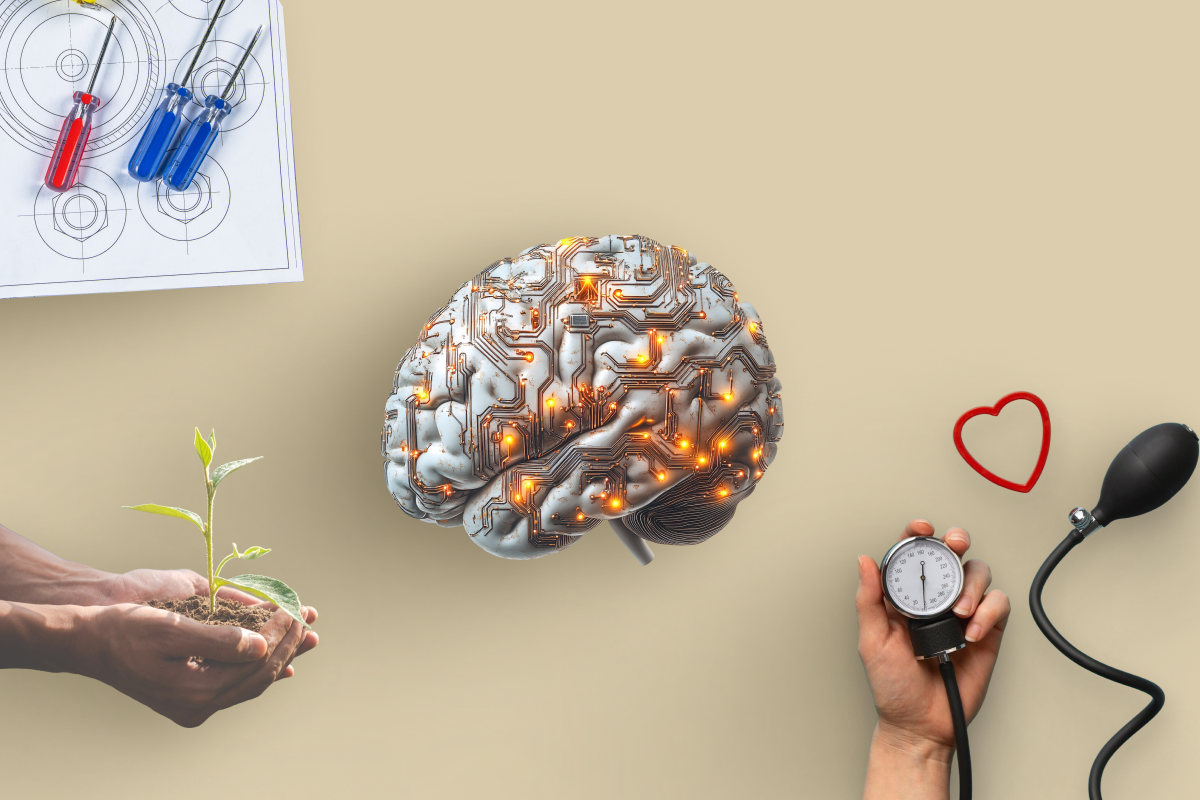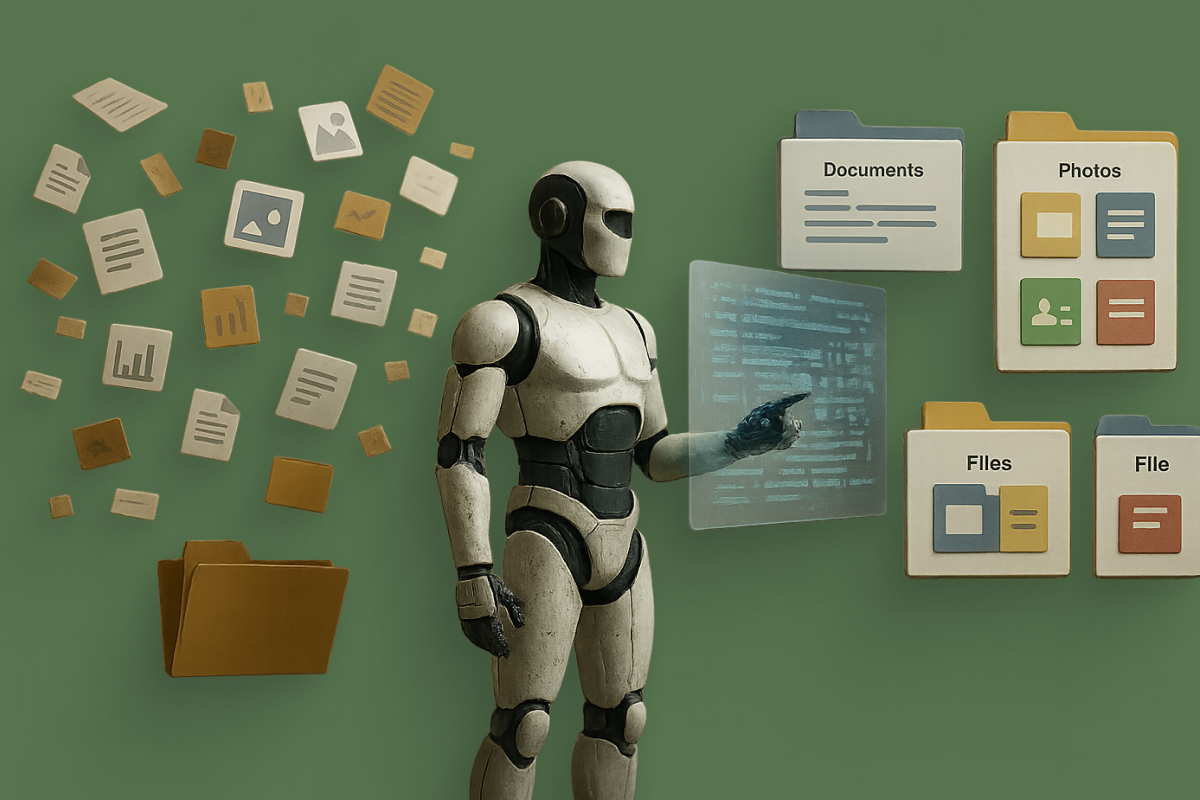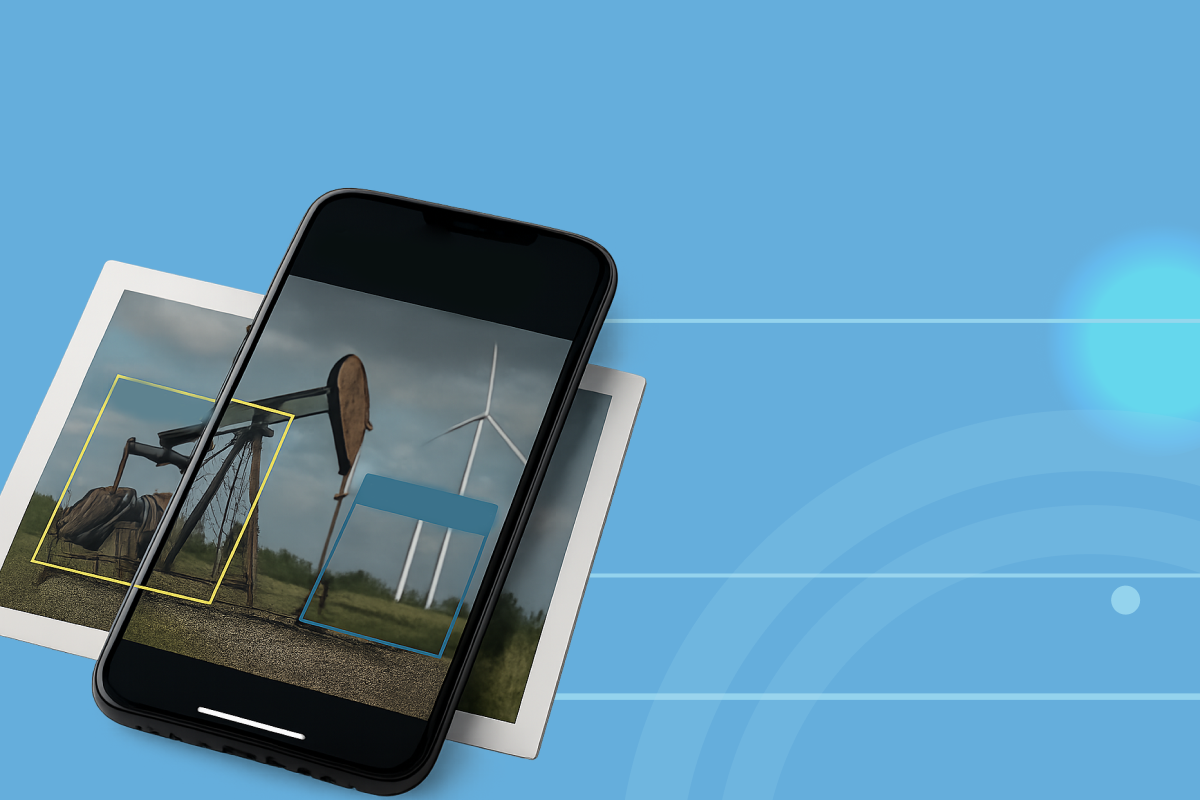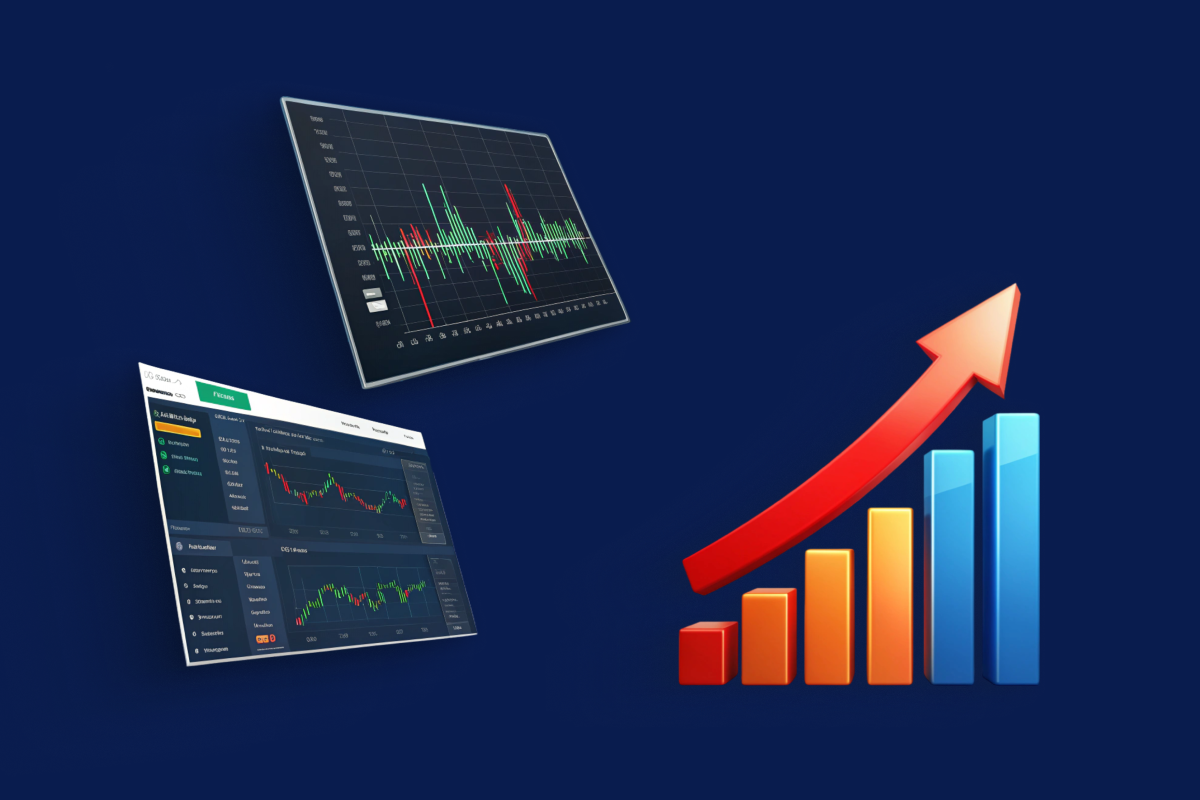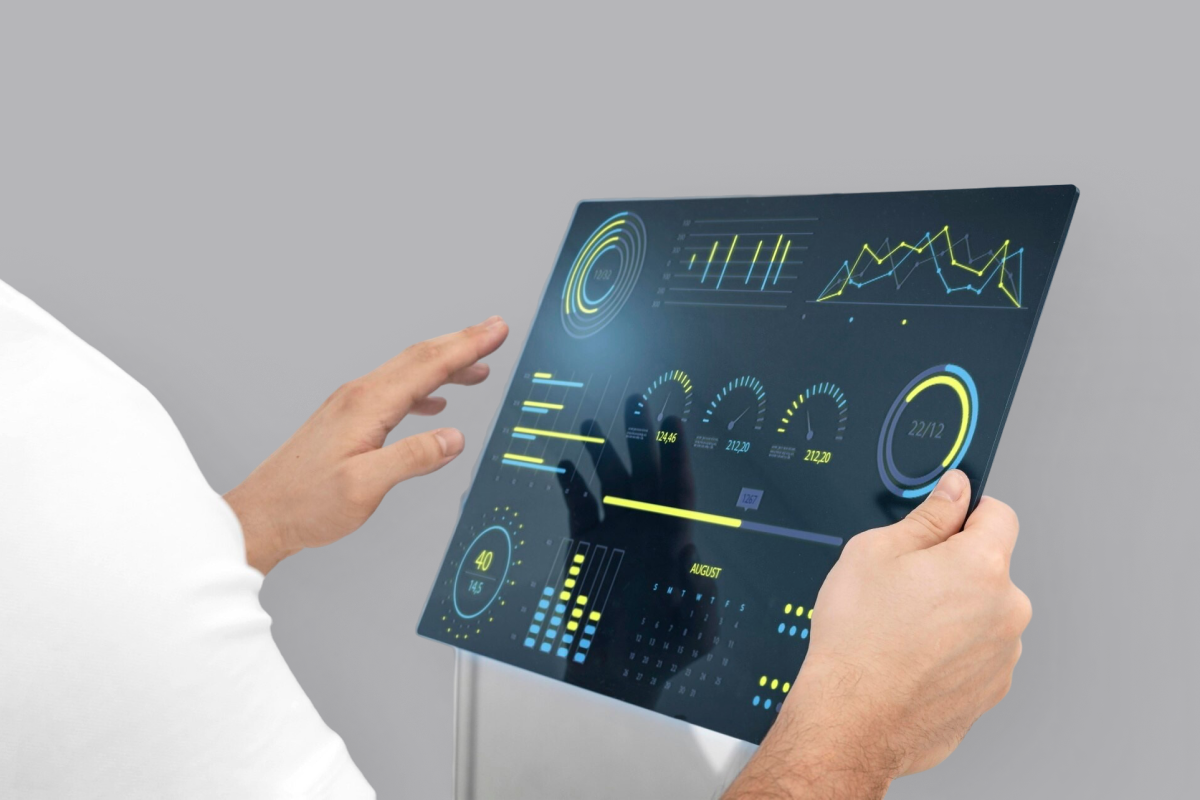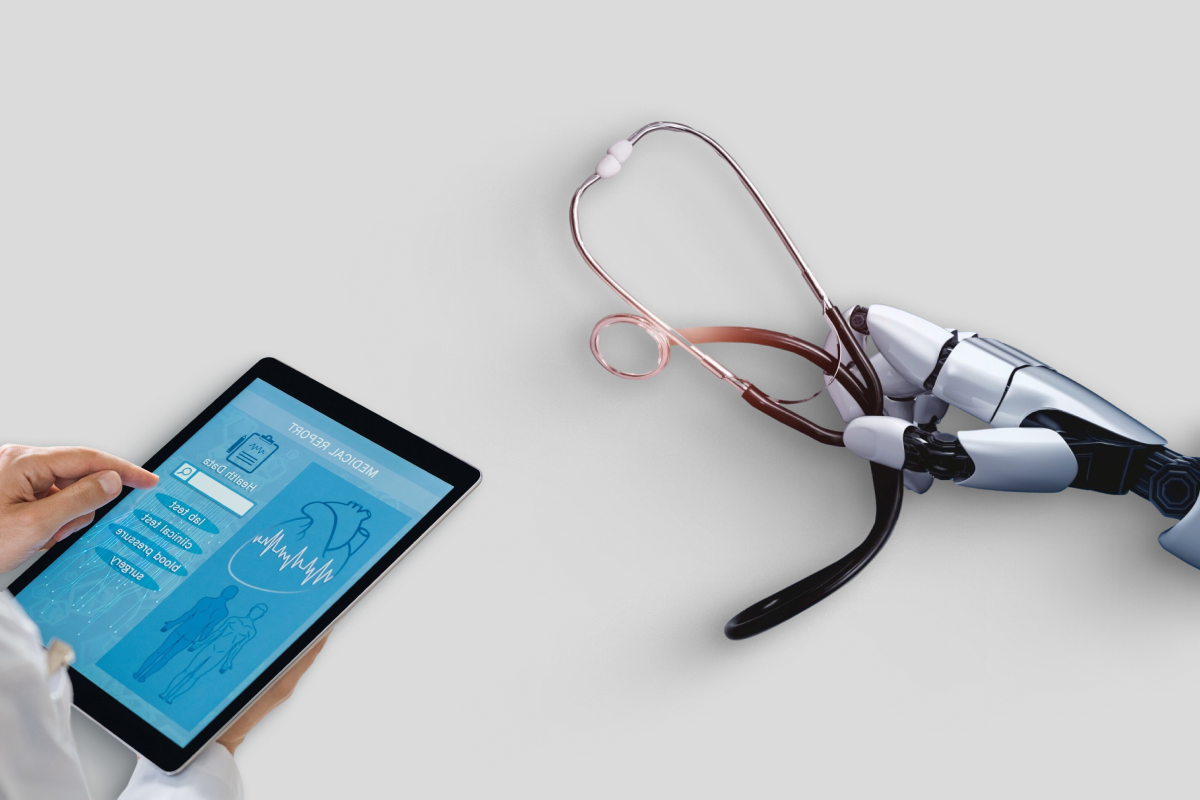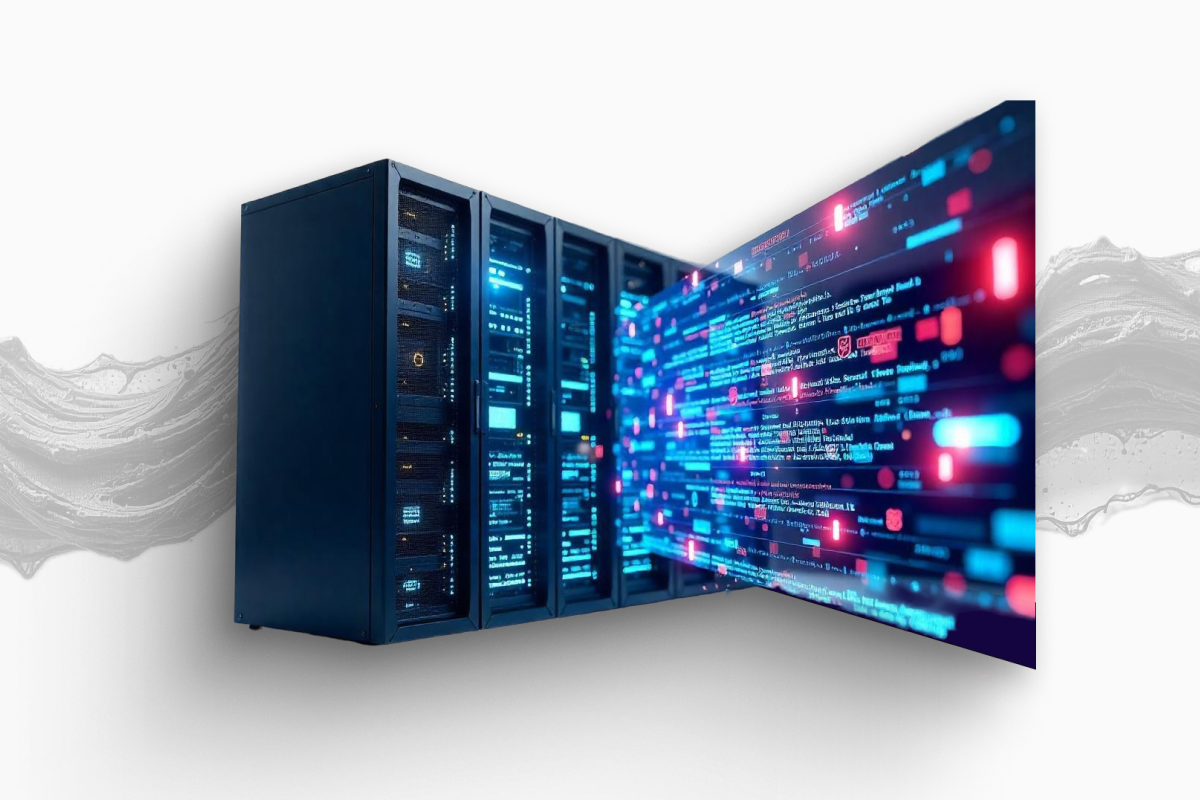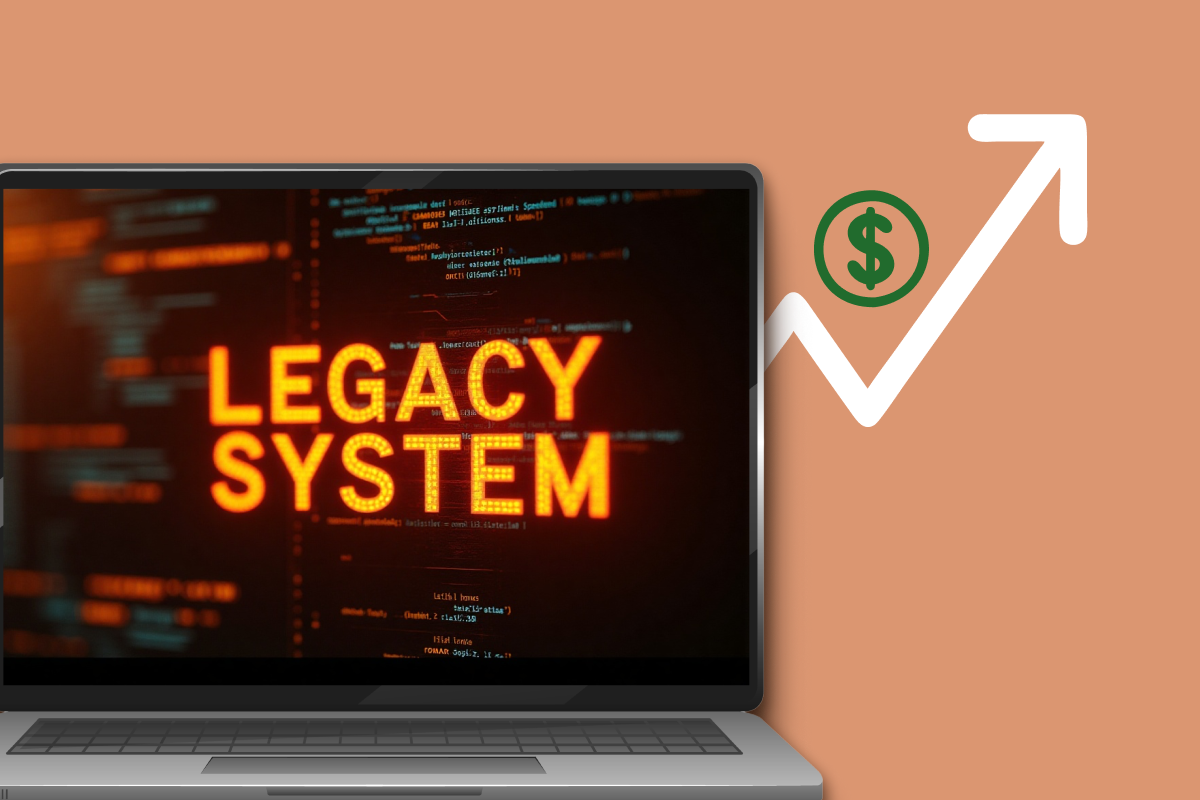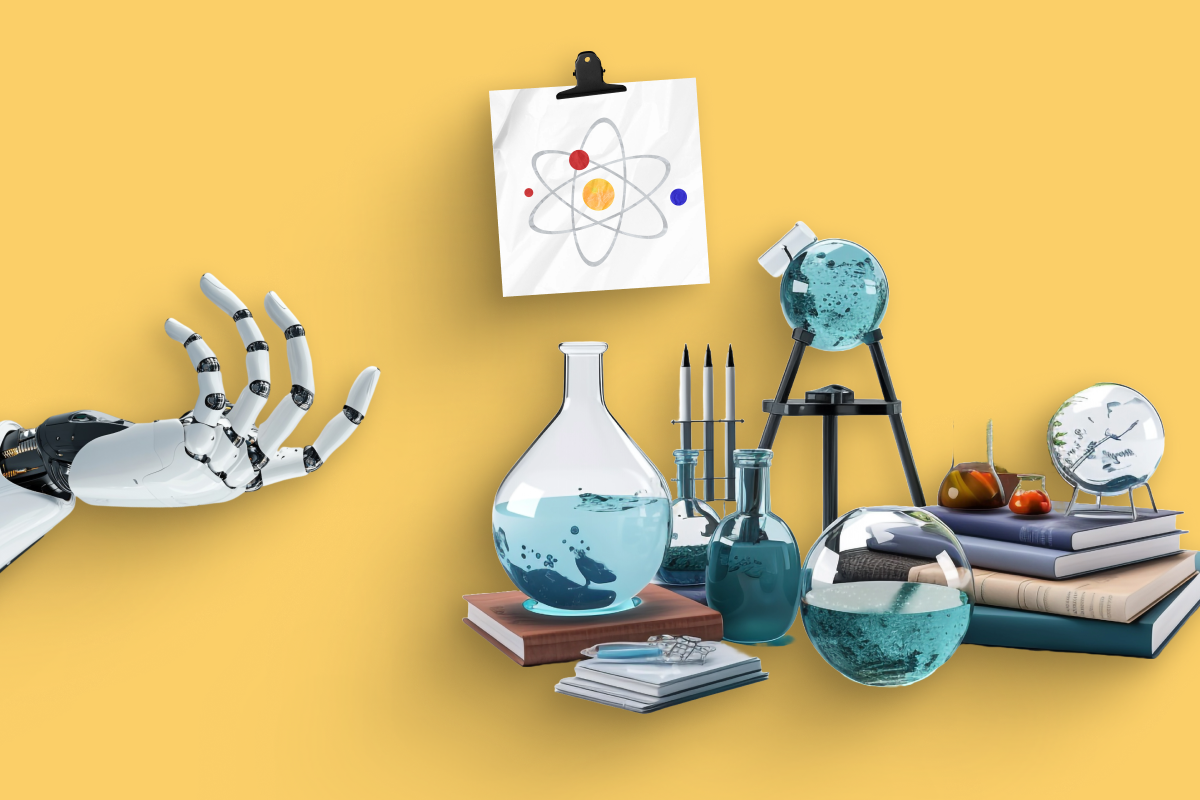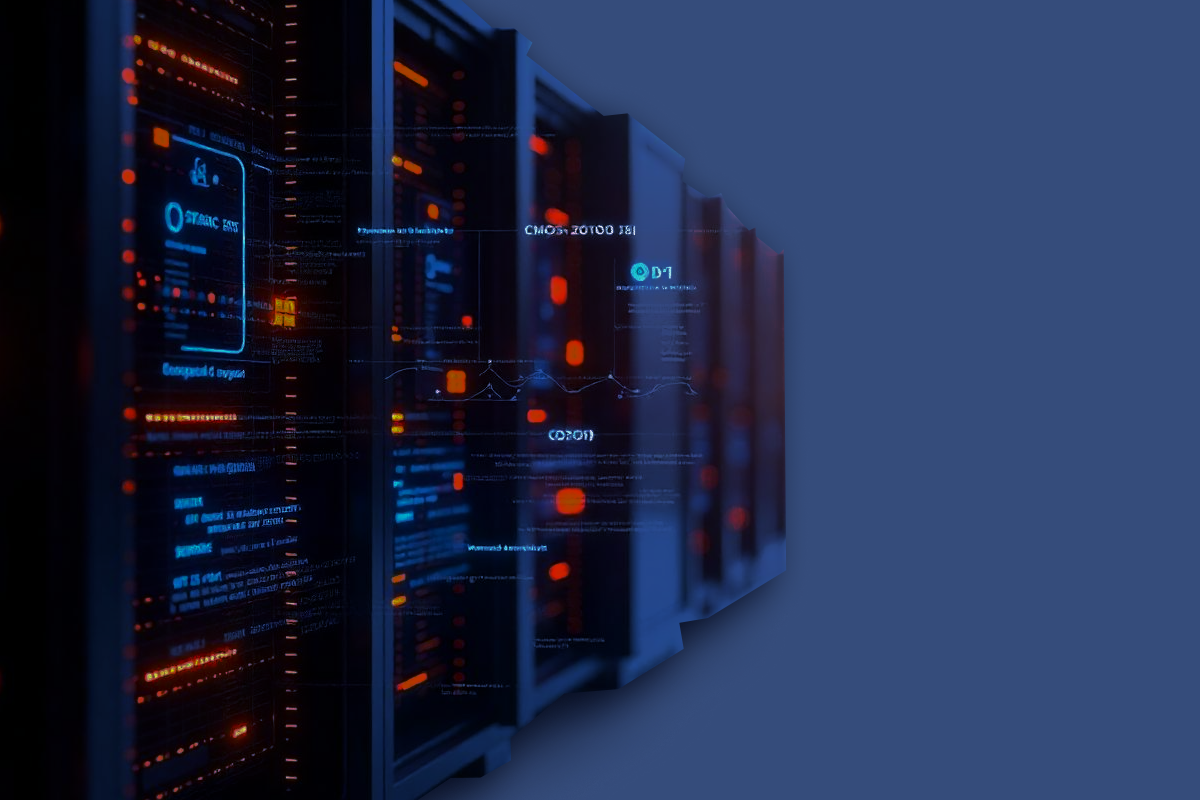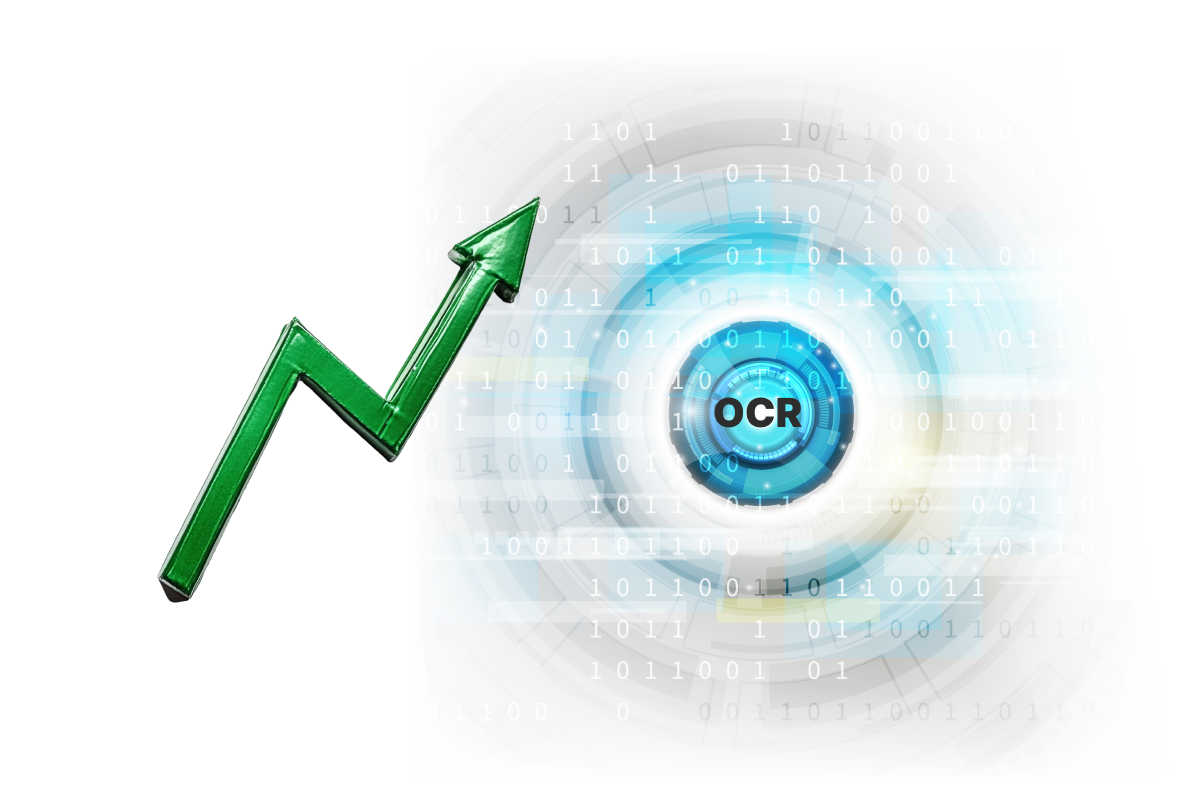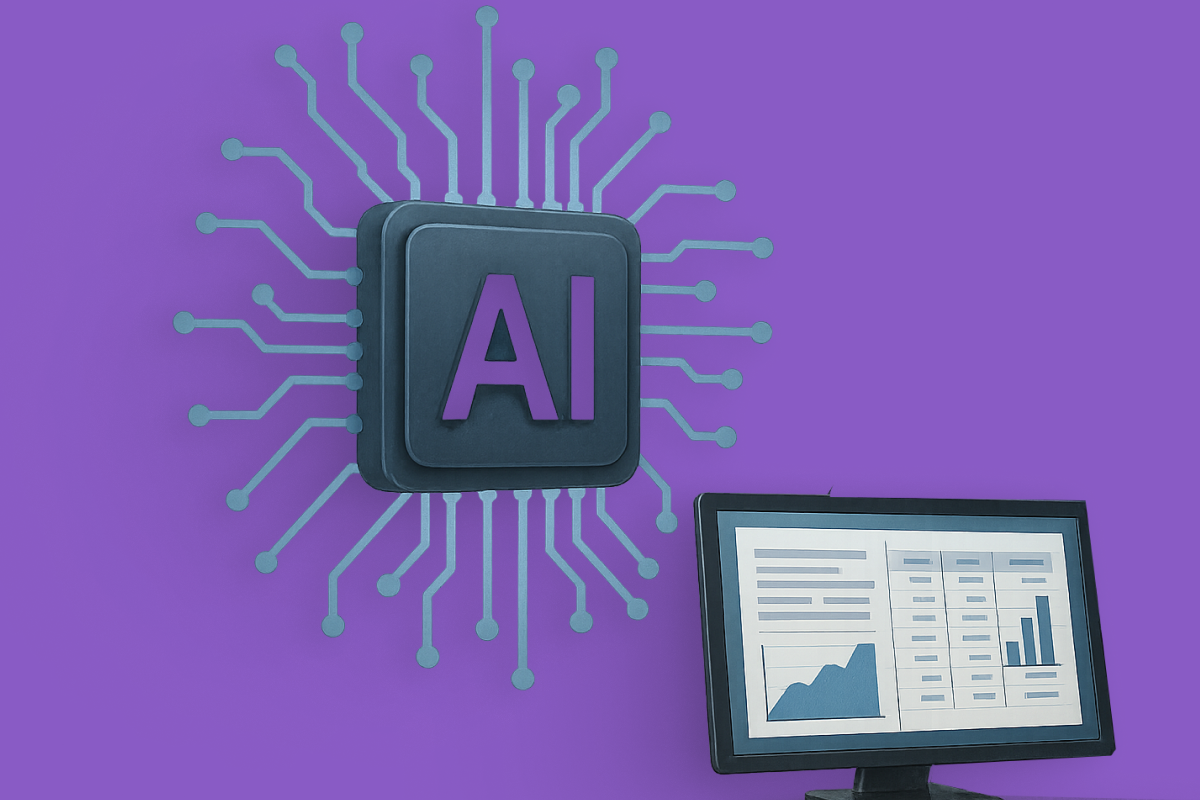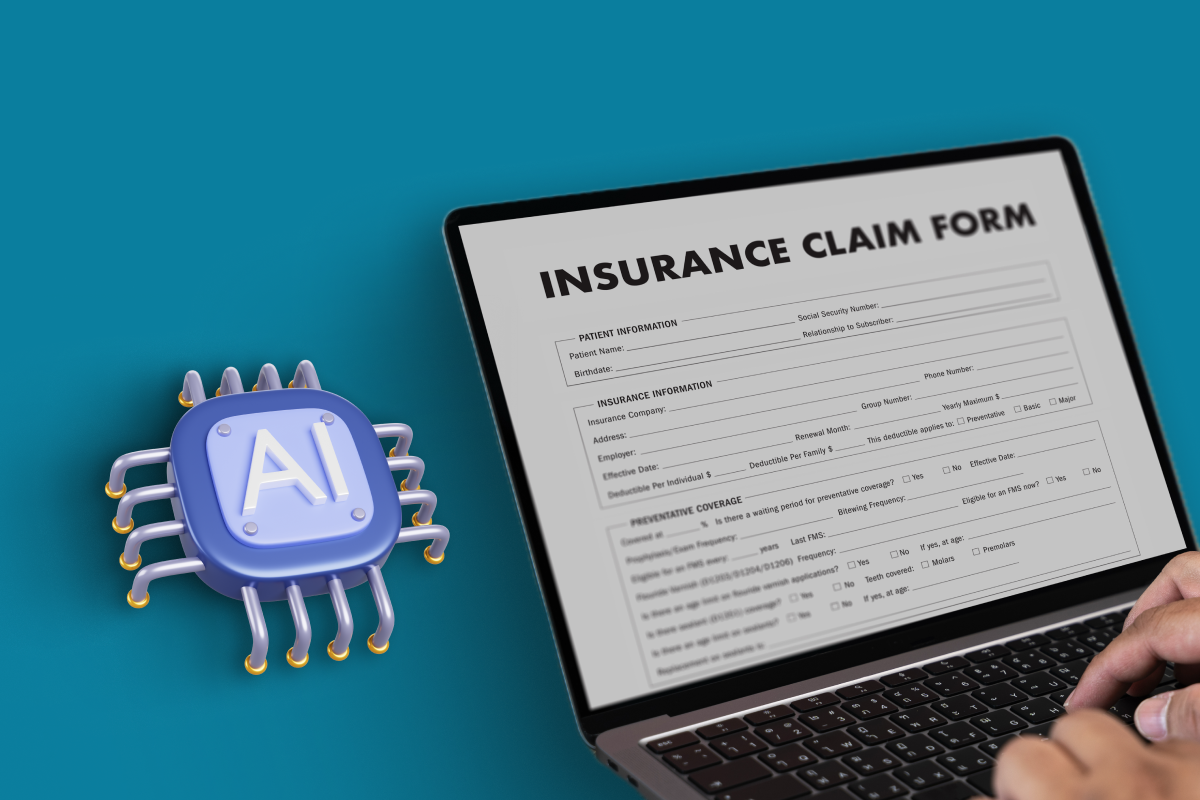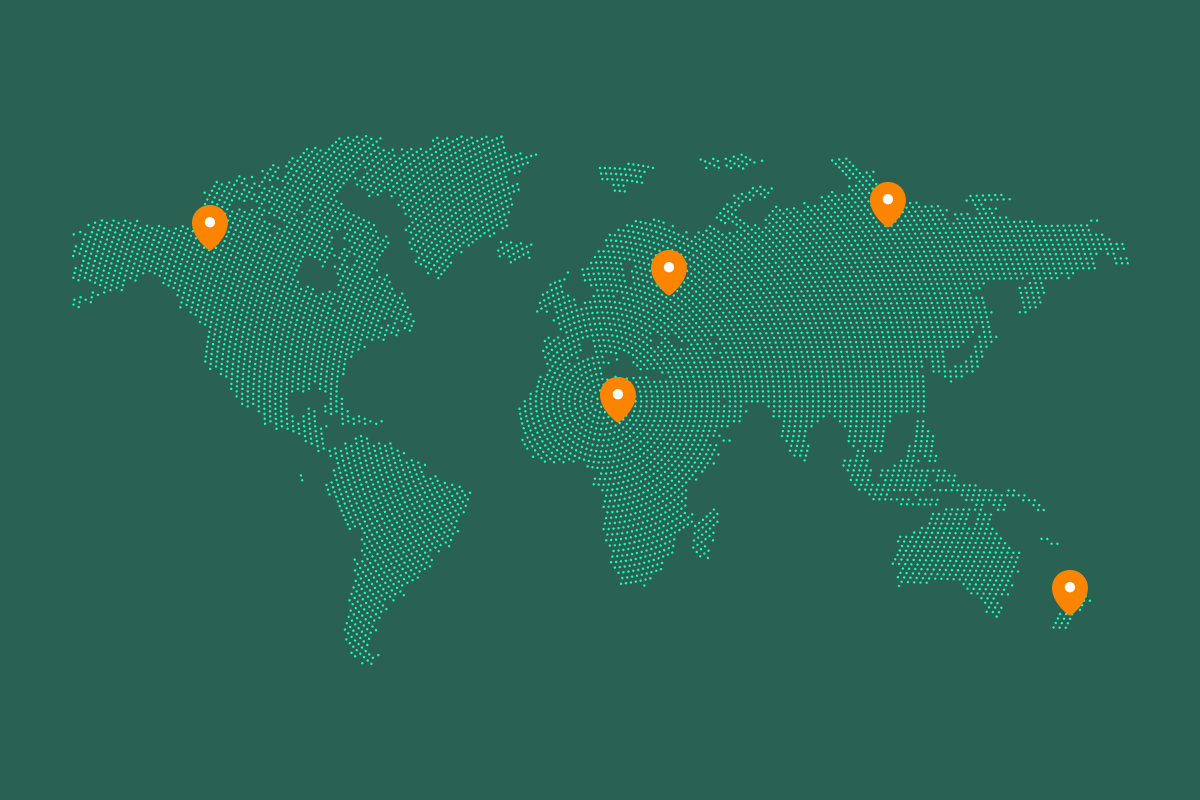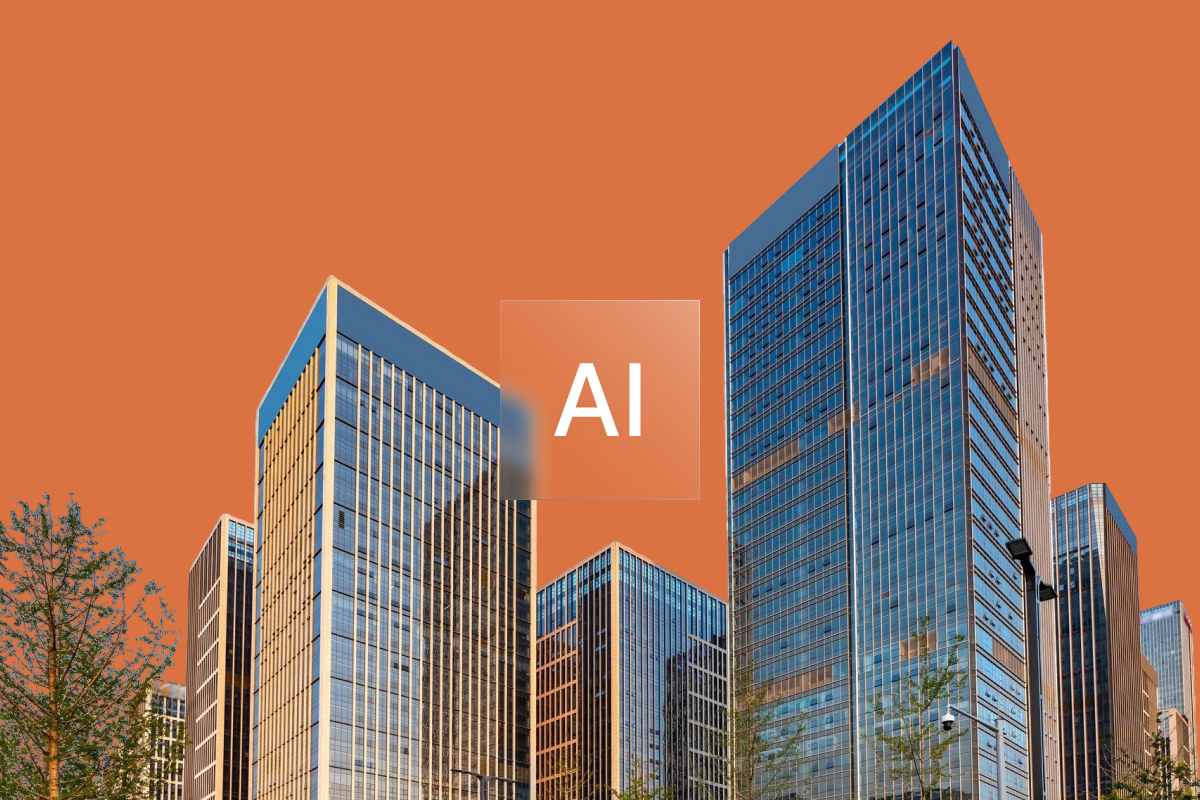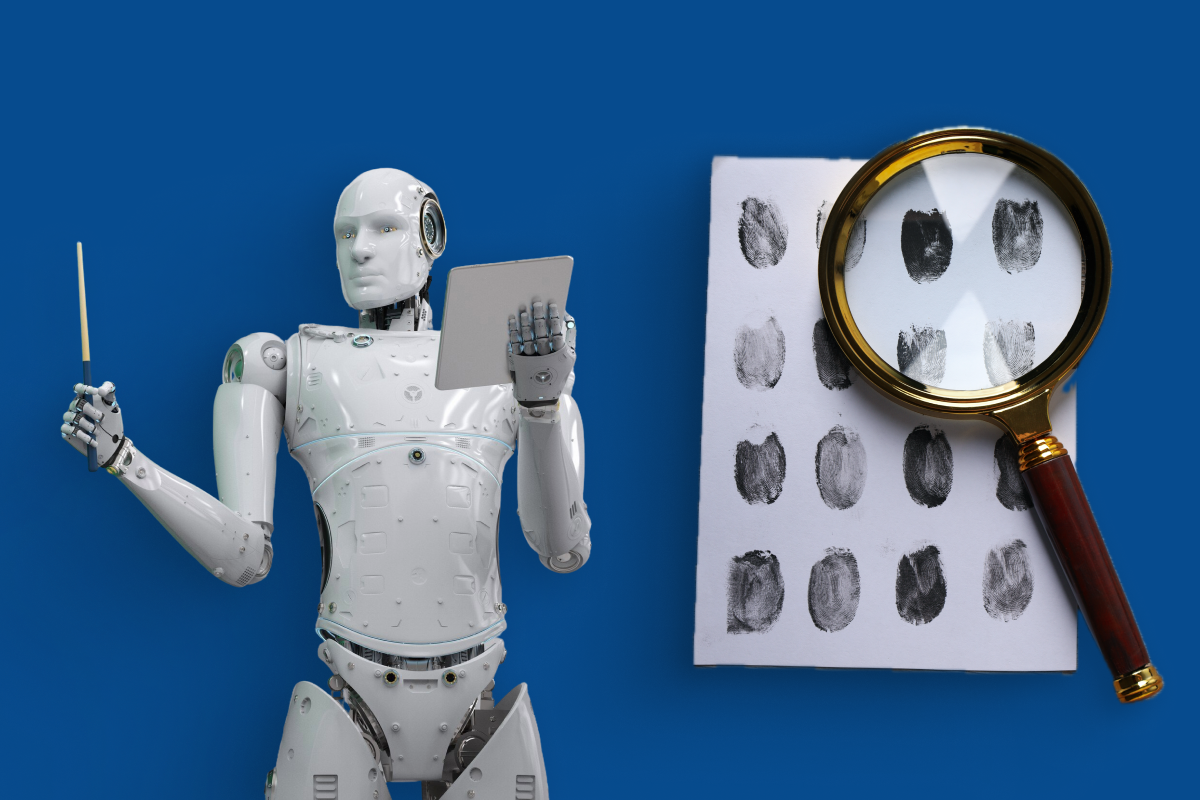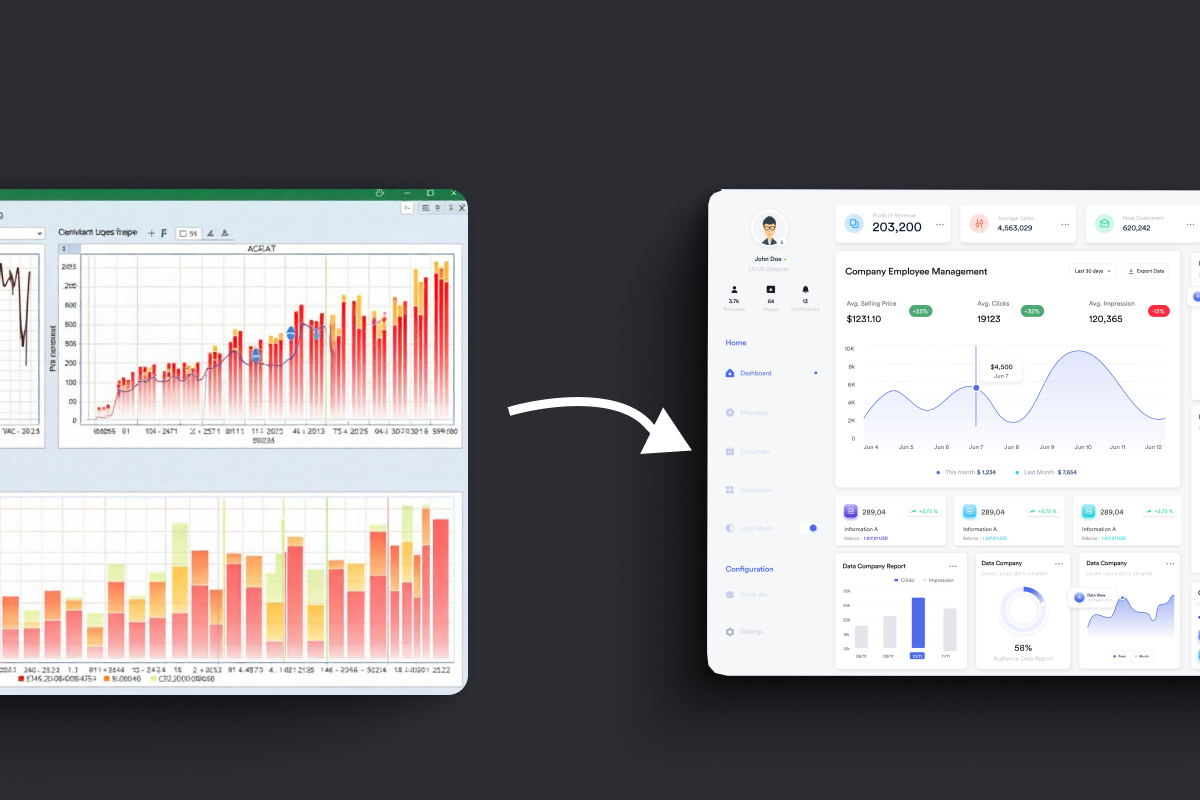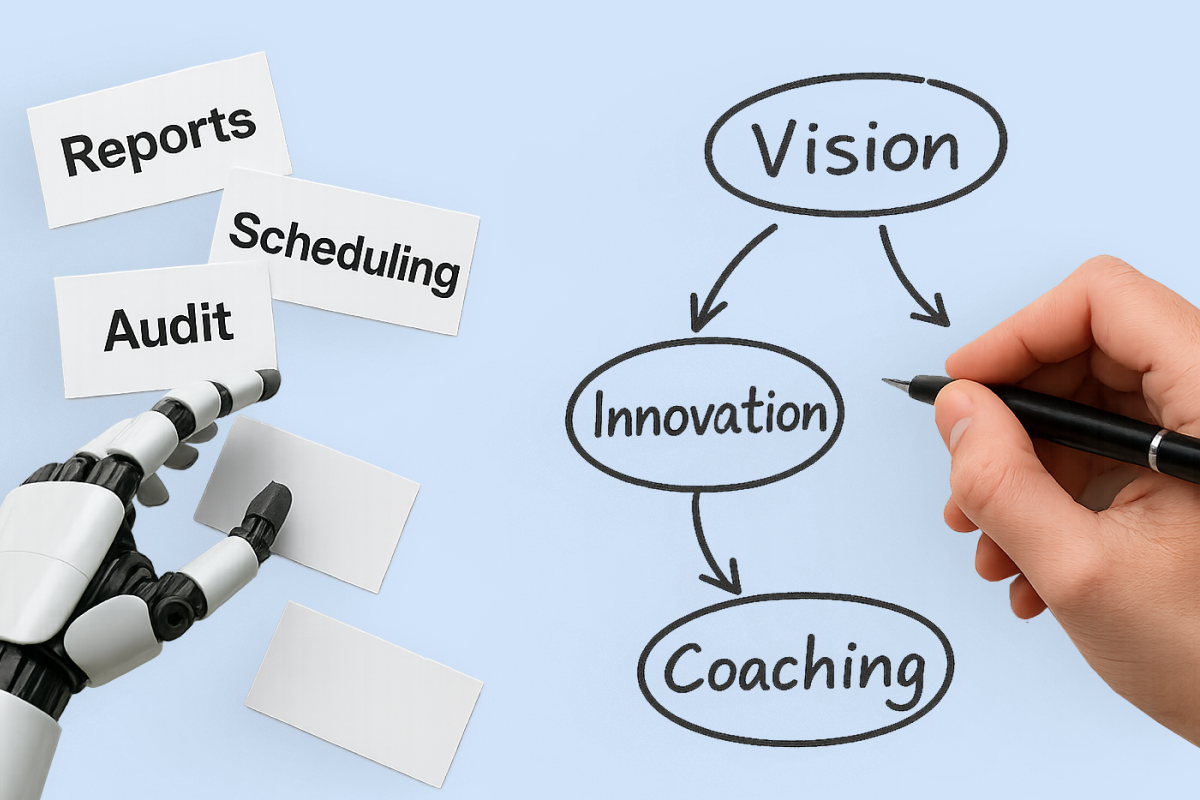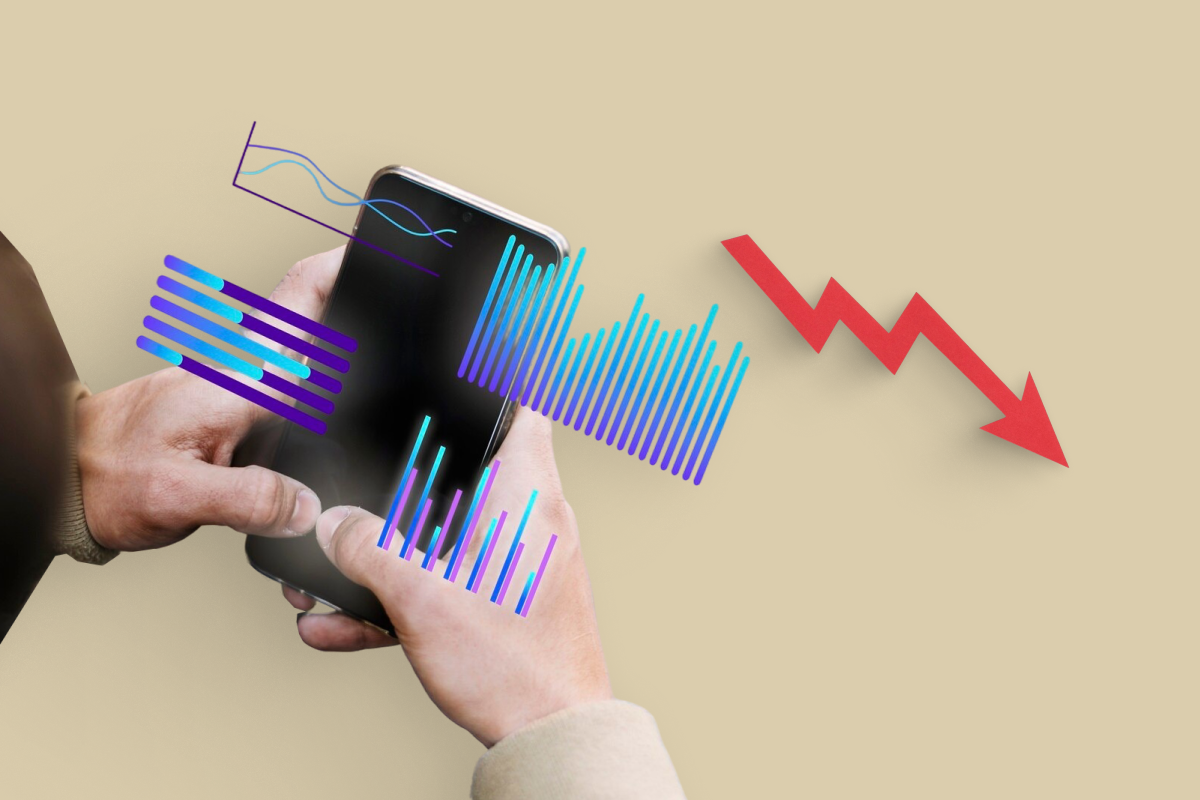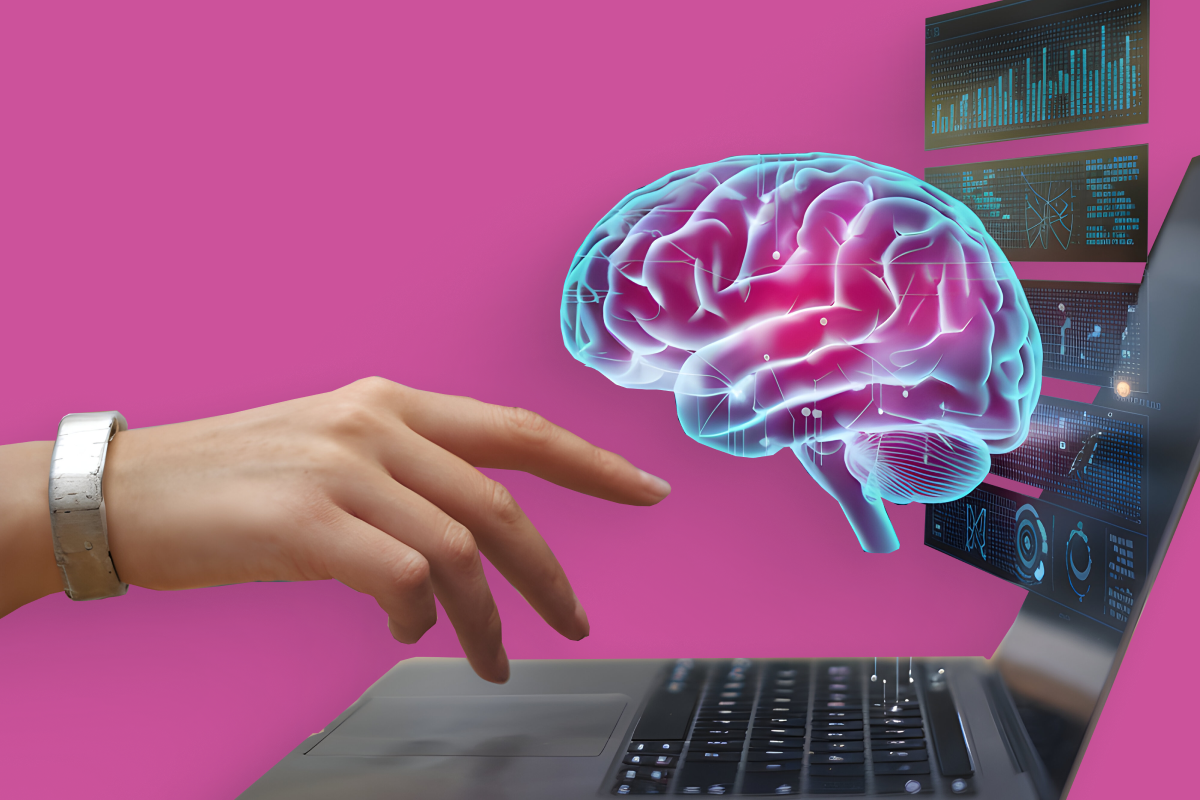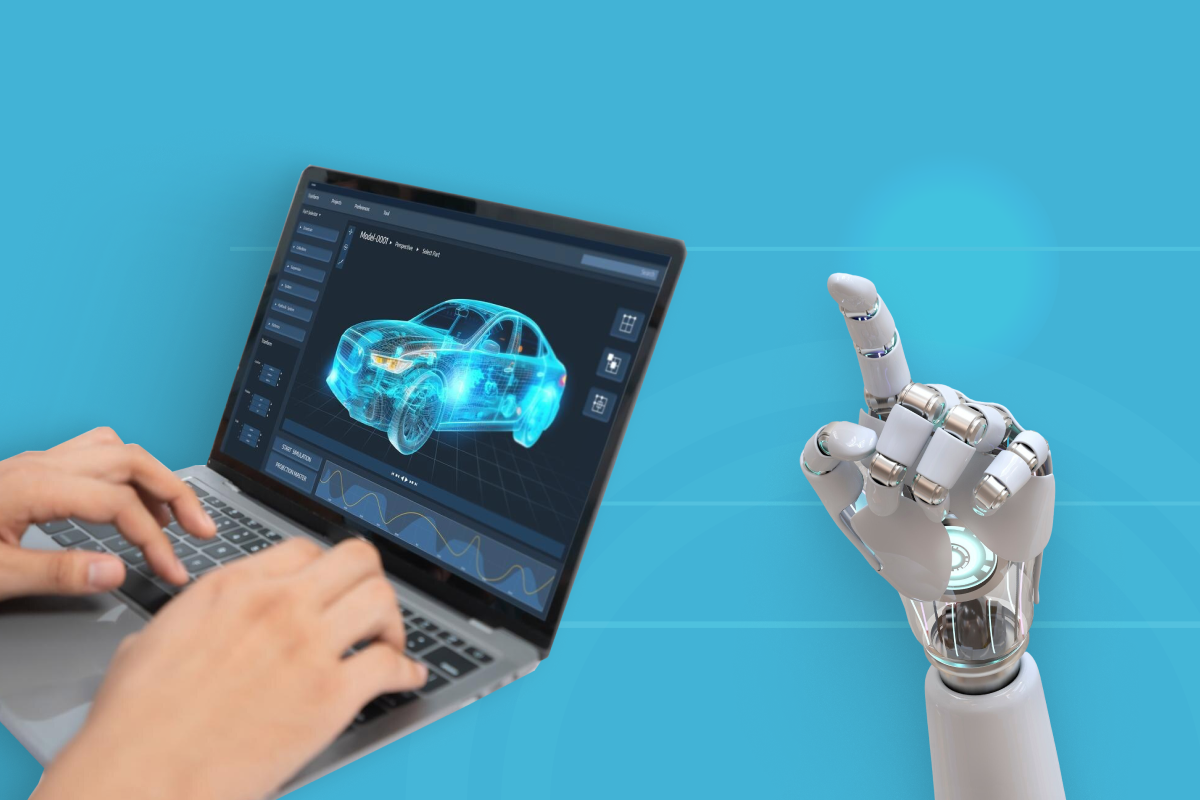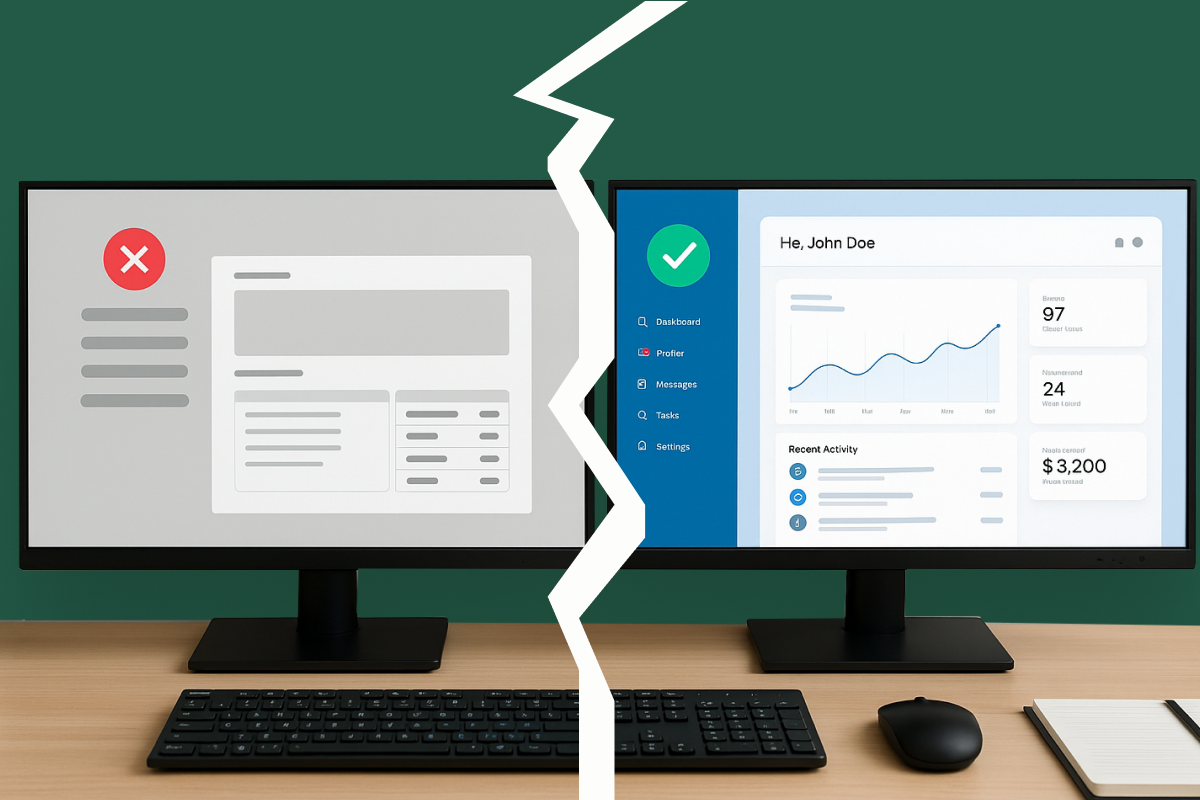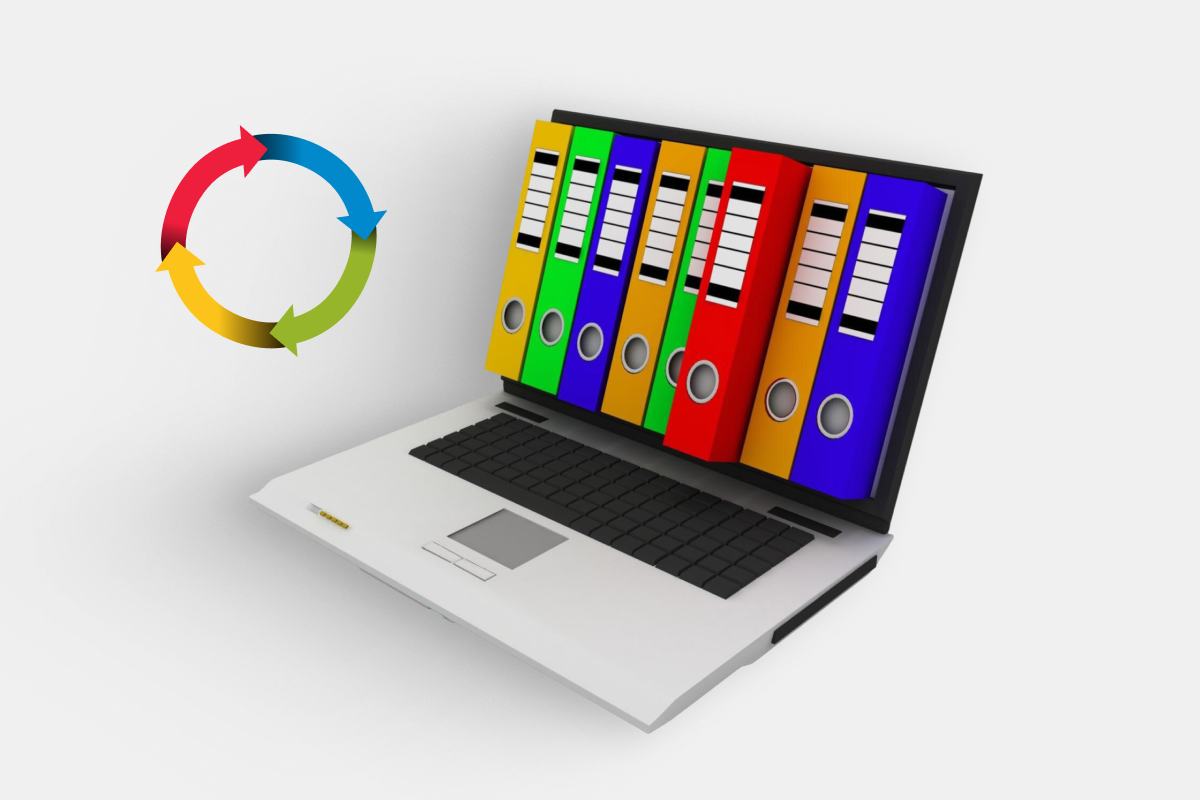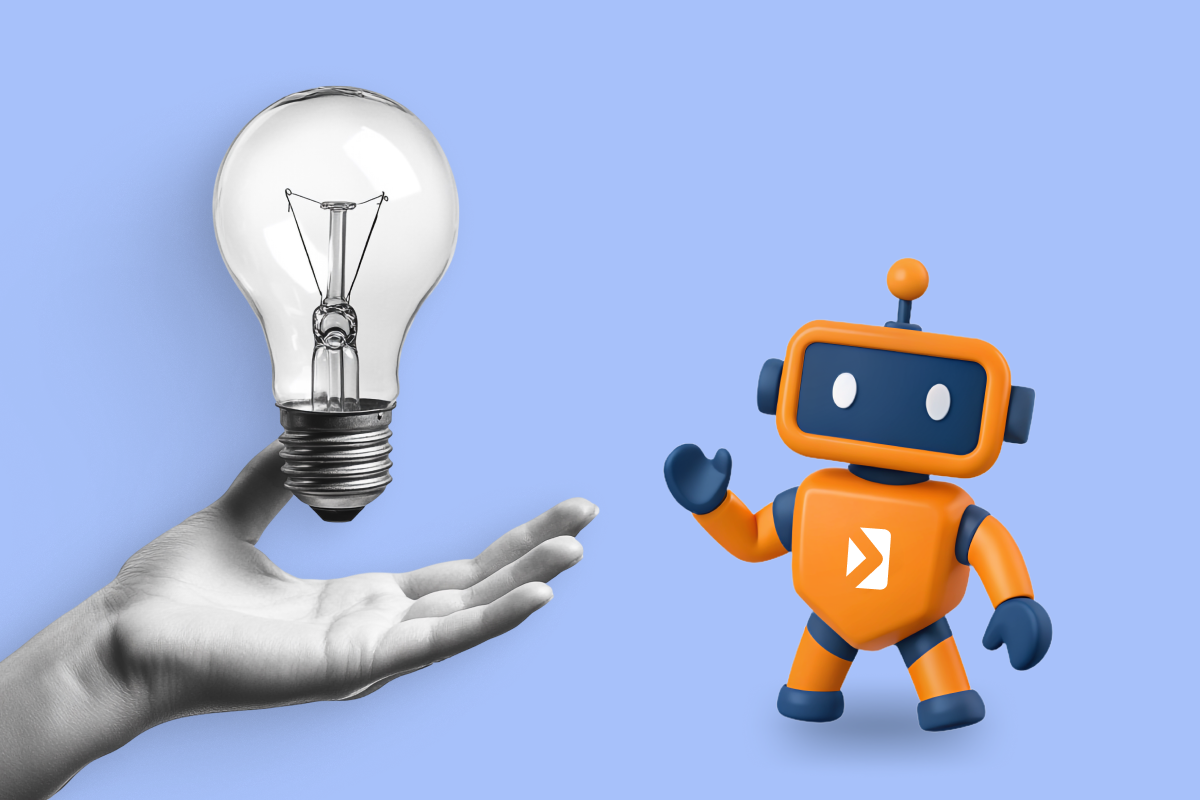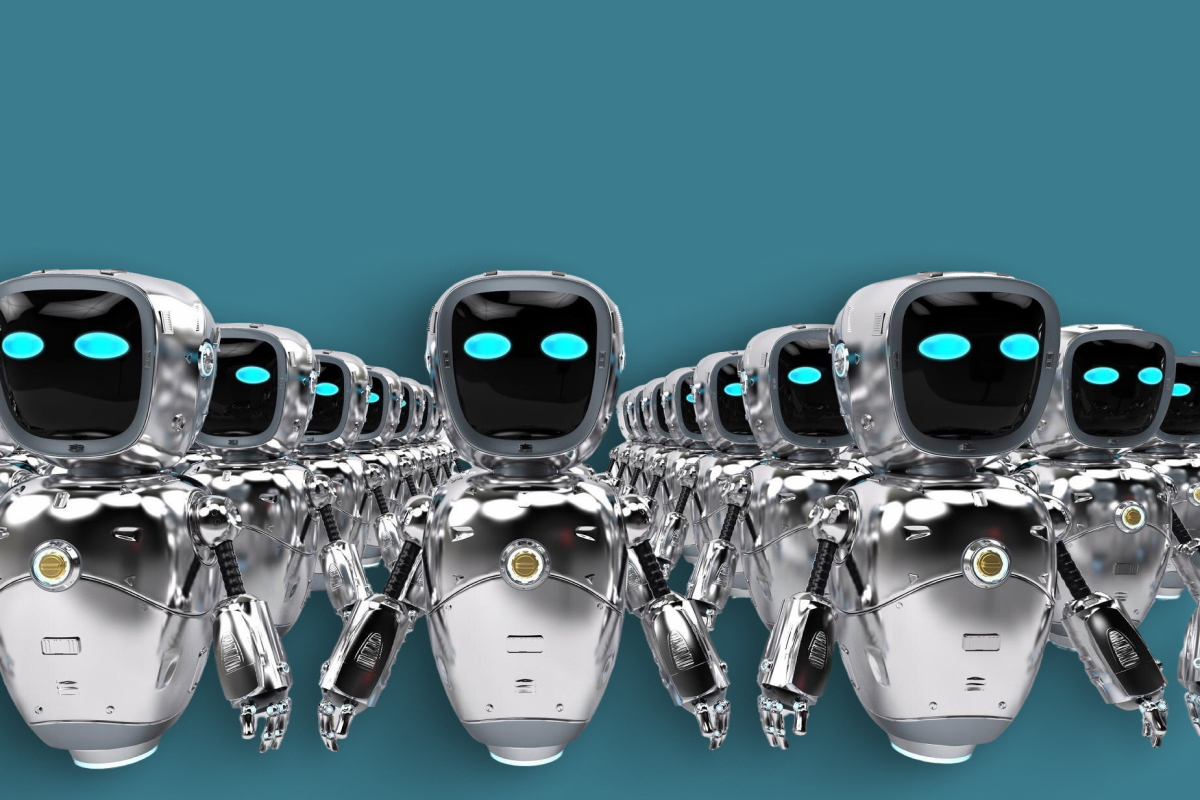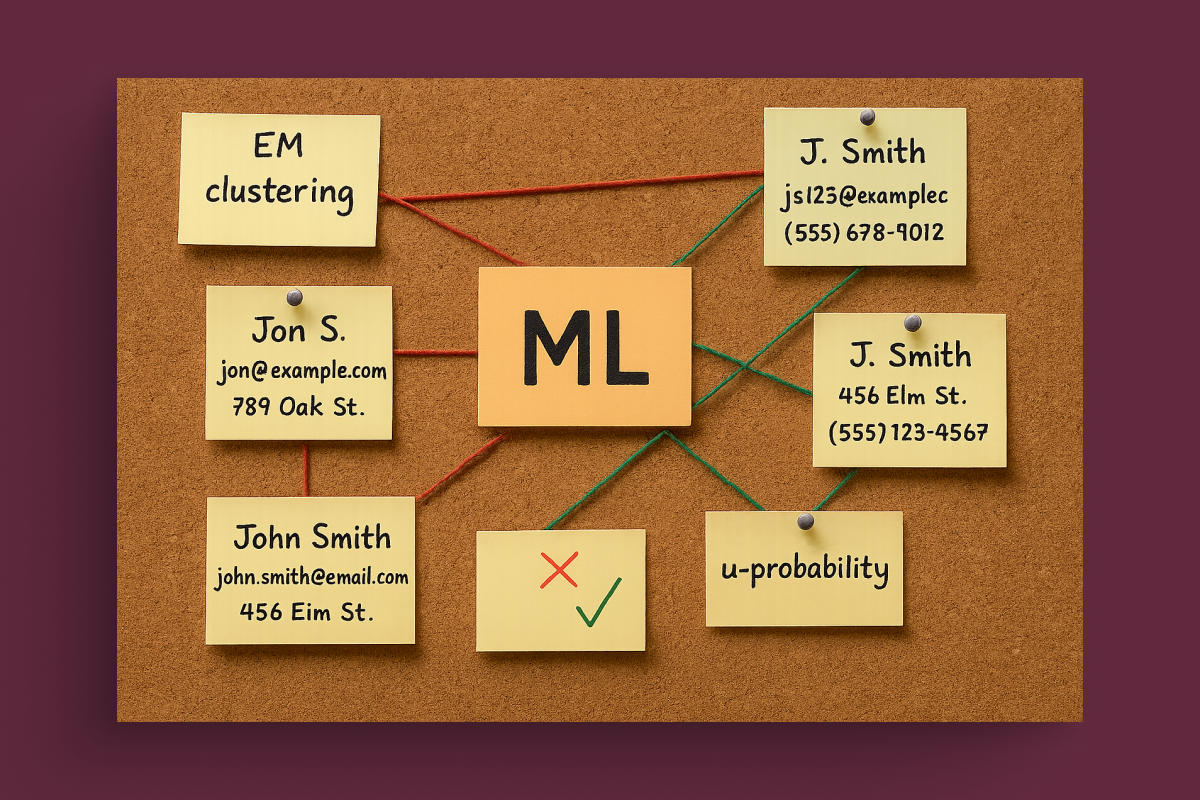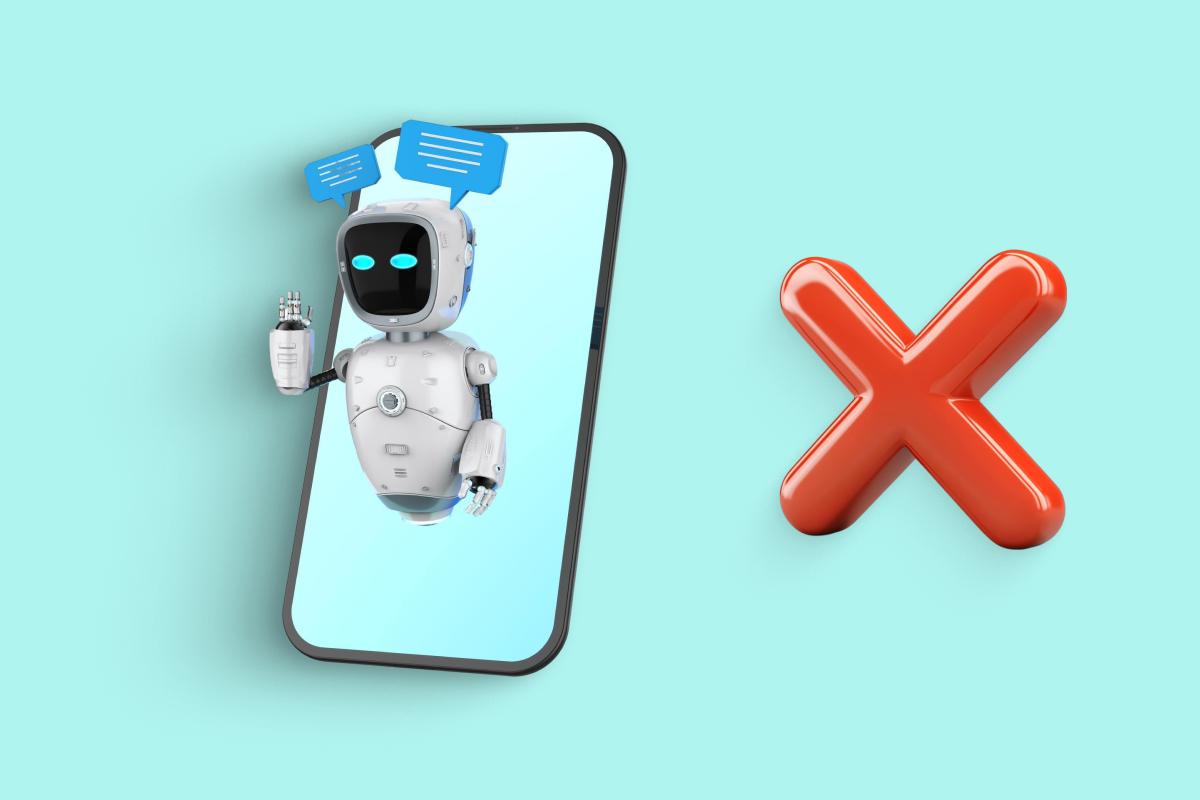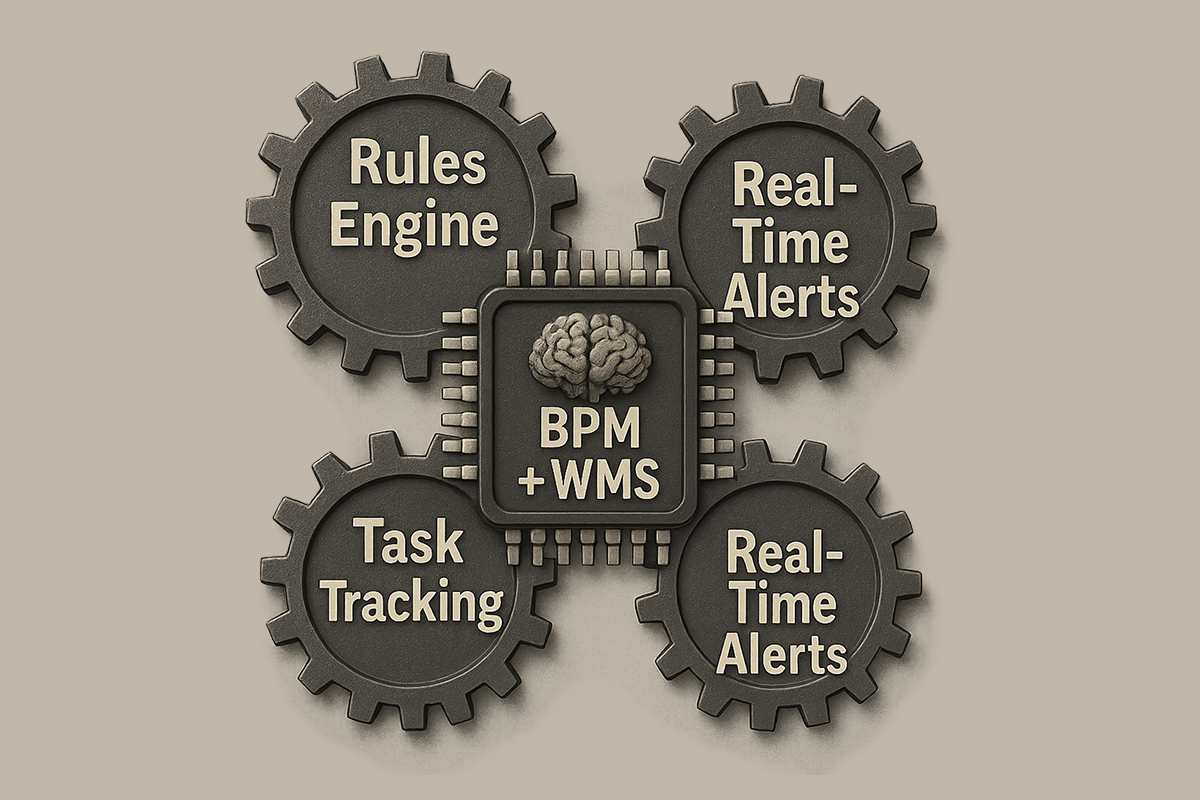People can use Artificial Intelligence and its subfields pervasively across almost all industries. And it’s no wonder; AI-based solutions possess some advantages unheard of before, such as the ability to educate themselves over time, reduced error rate and more. Artificial neural networks are a subfield of AI that could transform healthcare in some ways. But first, let’s analyze the current state of healthcare.
Challenges And Opportunities In Healthcare
Disease Classification Problem
This is especially relevant for classifying between different types of cancer, as some are really hard to distinguish, though demanding different treatment.
Disease Risk Prediction
This can be done to healthy people to determine their inclinations toward a particular disease. For example, if a family member has a genetic disorder, a person can find out whether he has genes or the same mutation that could lead to illness.
Disease Outbreaks Prediction
Combining Artificial Intelligence techniques and copious amounts of medical history data provide new opportunities all around the healthcare industry. Computational models of infectious and epidemic-prone disease can help forecast the spread of diseases. By continuously performing risk analysis and monitoring, an early warning system could help prevent the disease from going widespread. So, there is not just a theory – recently, a group of US scientists has created a powerful prediction system to predict the outbreaks of dengue fever and malaria.
How We Can Apply ANN In Healthcare?
An Artificial Neural network (ANN) is a model which mimics computational principles of neural networks of an animal. ANNs are the subfield of Artificial Intelligence.
In ANNs, units correspond to neurons in biological neural networks, inputs to dendrites, connection weights to electrical impulse strengths, and outputs to axons:
We can integrate ANNs in various medical fields predominately for clinical diagnosis, treatment development, and image recognition. The technique has an advantage over conventional solutions for its ability to solve problems that don’t have algorithmic solutions
One of the outstanding capabilities of the ANN is classification. A classification problem occurs when an object needs to be allocated to a group based on predefined attributes. As classification includes pattern recognition and novelty detection, it’s vital for diagnosis and treatment. Another capability of the ANN is a clustering. By finding a structure in a collection of unlabeled biological data, it helps to discover subtypes of a disease, e.g. cancer.
Prodiction using ANN have established themselves as a powerful tool in various applications.
Neural Network Medical Diagnosis (breast cancer)
Artificial Neural Network helps to diagnosing breast cancer.
Breast cancer is a widespread type of cancer (for example in the UK, it’s the most common cancer). As with any disease, it’s vital to detect it as soon as possible to achieve successful treatment. The diagnosis of breast cancer is performed by a pathologist.
To detect cancer, a pathologist would conduct a laboratory procedure or biopsy. First, a pathologist collects samples of tissues from the breast region. Then, he analyses the images under a microscope and classifies them as cancerous or noncancerous.
But images can be classified automatically. Some of the recent computer-aided diagnosis methods rely on pattern recognition and artificial neural networks. Their approach is based on the determination of nuclei regions on the images and then using these regions into the algorithm that performs classification, or classifier.
Different institutions applied the method for automatic classification of microscopic biopsy images. They report the classification accuracy of 96-100% on the 500 models. The classification accuracy of 98.51% is reported on the 737 tiny pictures of the fine needle biopsies. The proposed approach is determining the nuclei areas and segmenting these regions on the images. The classification accuracy of 97% is reported on the database of the Israel Institute of Technology.
All this draws us to the conclusion that Artificial Neural Networks and pattern recognition would be more widespread and techniques would become better and better over time.
Artificial Neural Network For Prediction Of Osteoporosis Risk Factors
Osteoporosis is a disease, which makes bones fragile. Sometimes they become so weak, that a minor physical activity or even a cough can lead to bone break. According to NIH, more than 53 million Americans are at increased risk for osteoporosis. Luckily, the disease is preventable and treatable.
We can decrease the drastic effects of the disease by revealing those people at risk, alerting and encouraging them to take preventative measures. Evaluating risk of osteoporosis we can consider as a pattern classification problem, which artificial neural network can resolve.
Classification capability of Artificial Neural Networks models was leveraged by the Medical Informatics Laboratory, Greece. Their project helps at building an ANN to assist specialists in disease prediction. The proposed ANN also helped avoid unnecessary X-ray analysis (known as bone densitometry).
Artificial Neural Network For Detecting Huntington Disease At The Early Stage
A group of students from Kaunas University of Technology introduced an approach to predict reaction state deterioration of people who suffer from non-voluntary movements. Finally, they constructed a hybrid model which incorporates ANN and fuzzy logic.
Why is it important?
Involuntary movements are closely related to the symptoms occurring in patients suffering from Huntington’s disease (HD). Huntington’s is a serious incurable disease. Currently, much effort is devoted to identifying the early symptoms of the disease, as an early started treatment postpones its progress.
As a result, the team design an actual experimental framework. By assessing finger-tapping tests on smartphones performed by patients suffering from the HD, the model forecast the impaired reaction condition for the patients.
Future Of Artificial Neural Networks Disease Diagnosis
As seen from the examples above, much work dedicated to combating the disease. With technologies becoming more advanced, so does the world.
There are private health tech firms, as well as government support. We pay encouraging attention to advancements in healthcare, and cutting-edge technologies playing an important role. For example, an Estonian government launched a free genetic testing for its citizens in order to gather extensive gene data that will help to predict disease and even improve current treatments precisely.
Healthcare will continue to make use of smart advanced technologies.
Also, now it’s more real than ever that in the future health care would be more focused on preventing disease rather than treatment. Also, the treatment would be more accurate, fast and effective, as another trend – personalized medicine gains more and more attention. Artificial Neural Network has proven to be a powerful tool to enhance current medical techniques.
Ready to see how Artificial Neural Networks can revolutionize healthcare solutions? Contact us today to explore cutting-edge AI applications for your organization!
